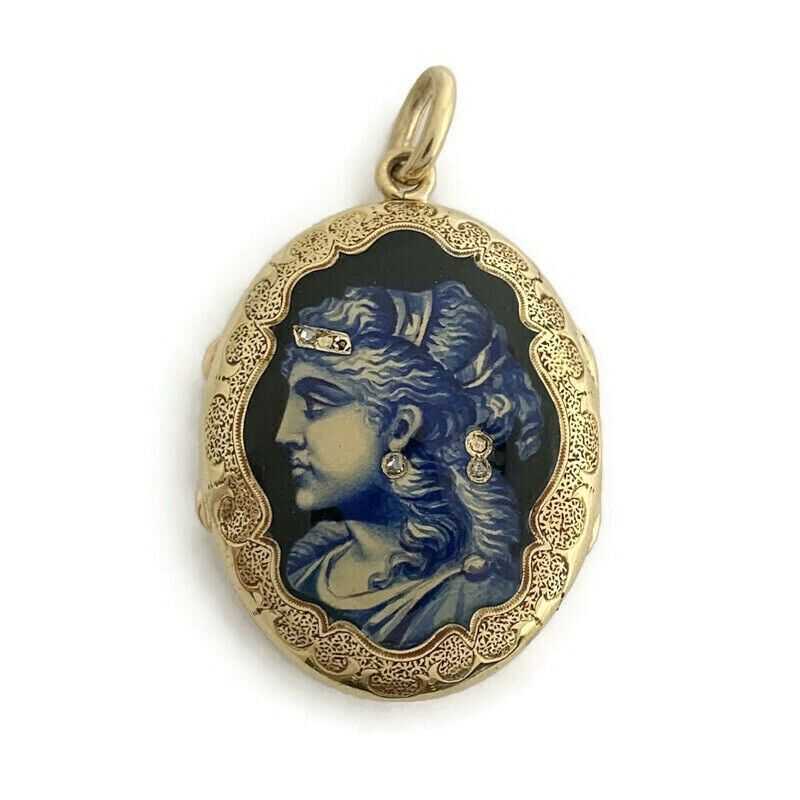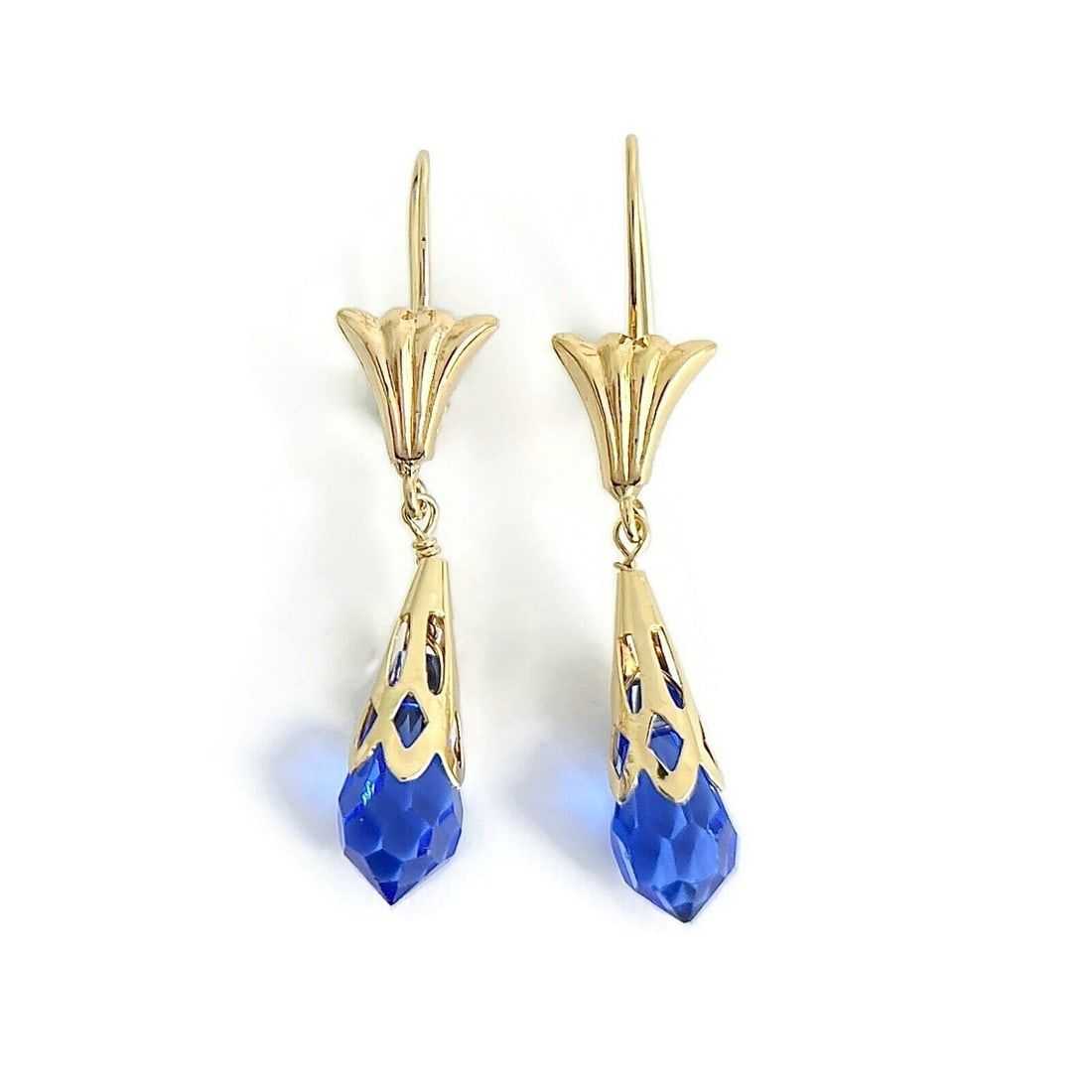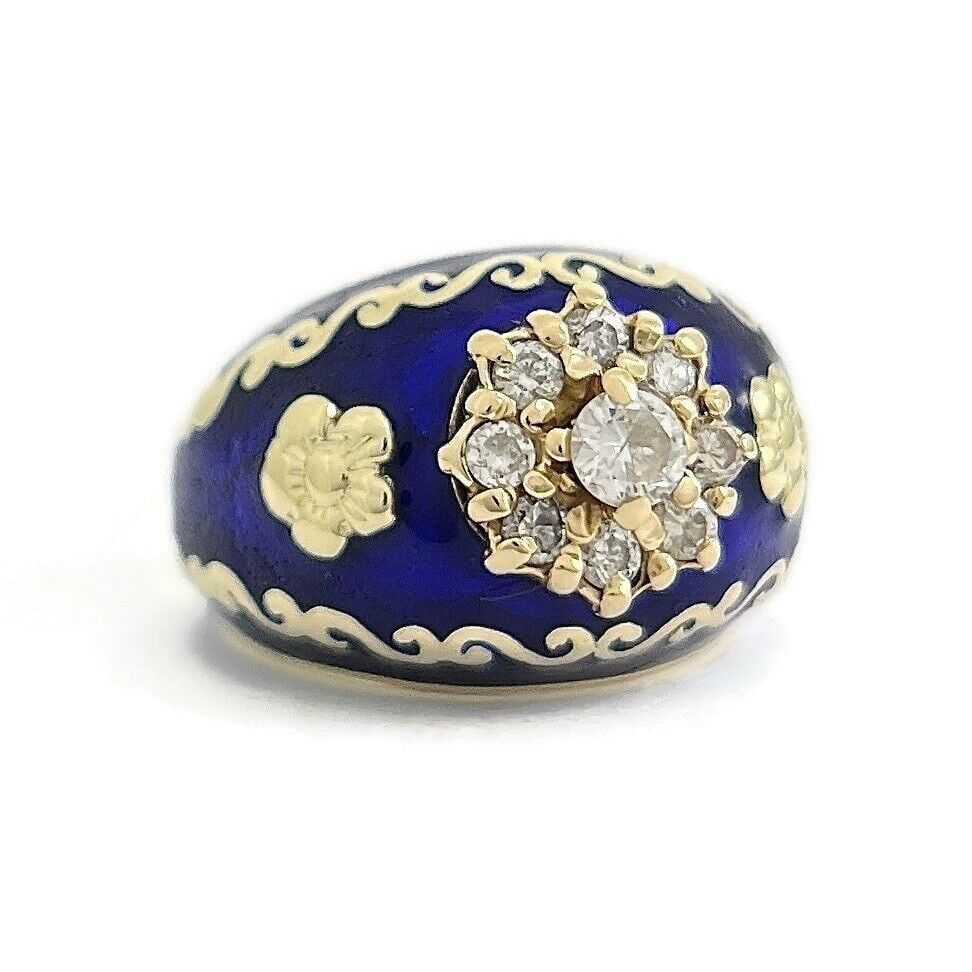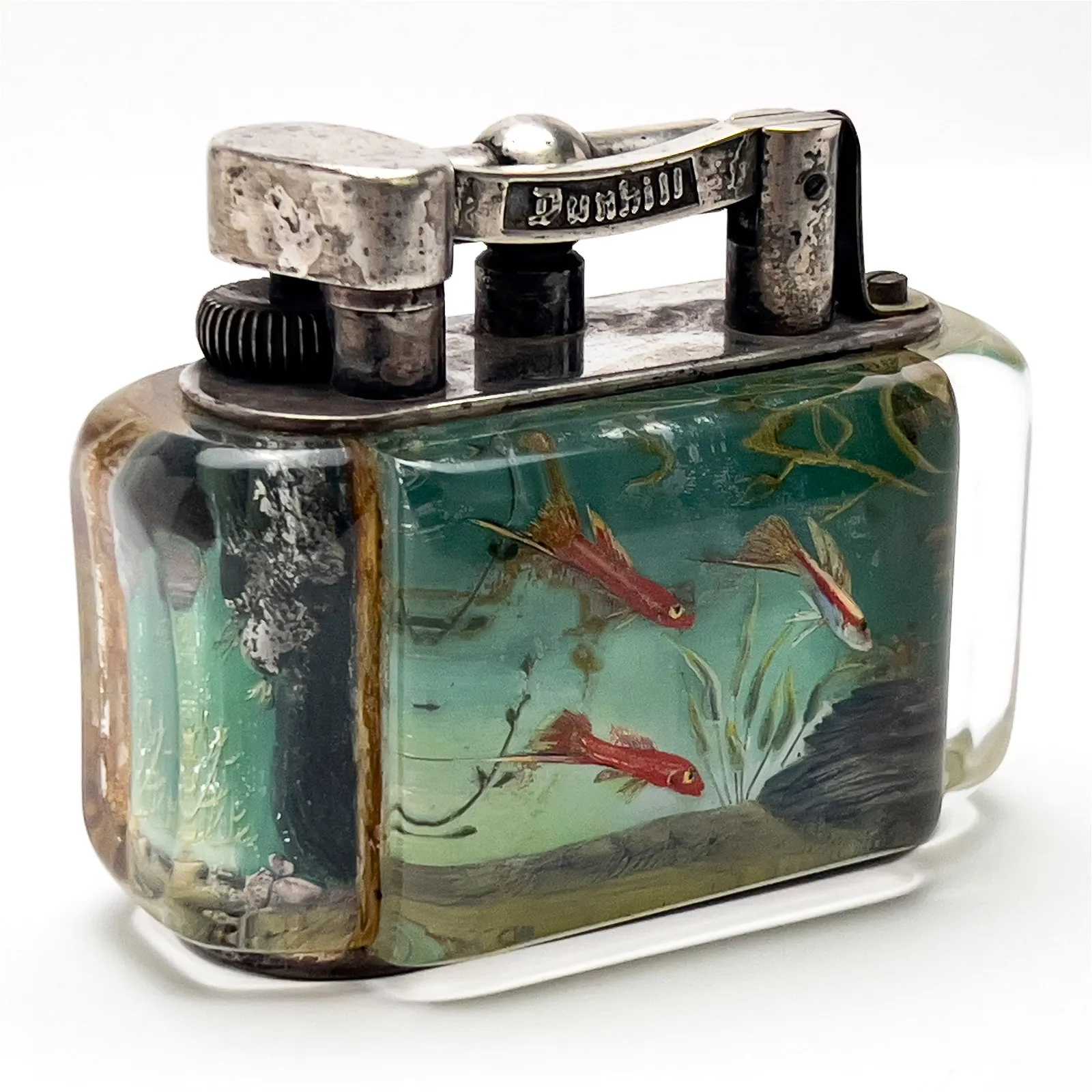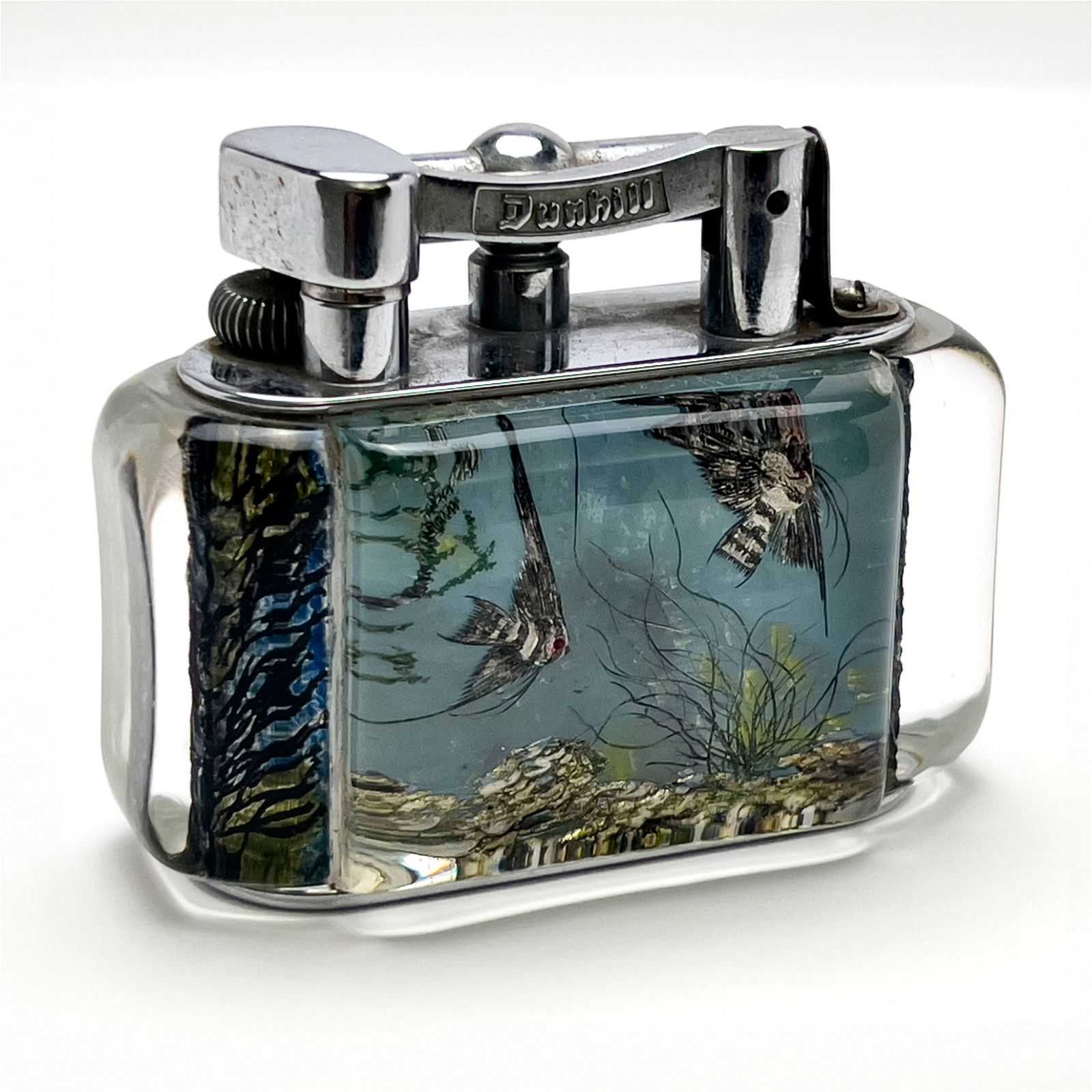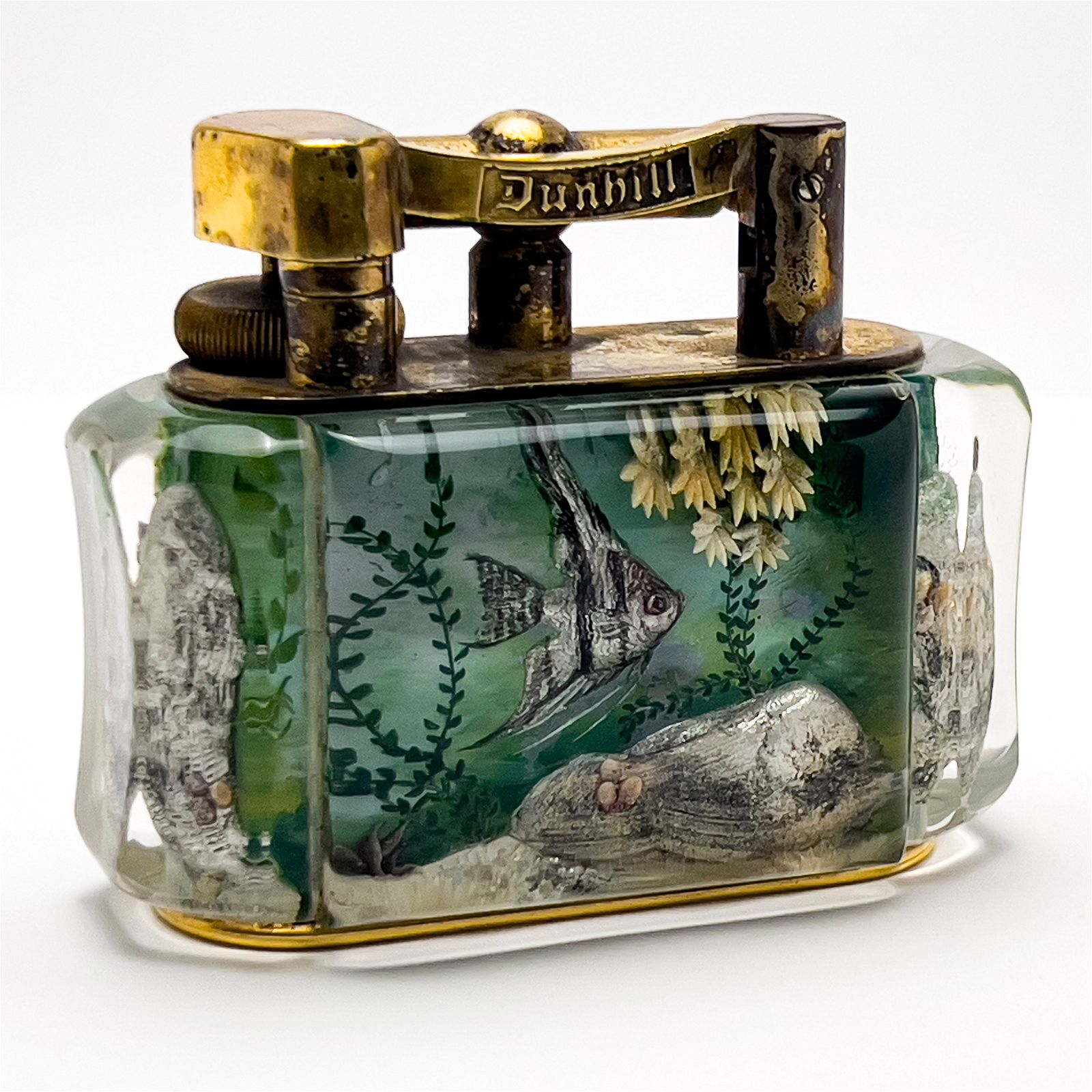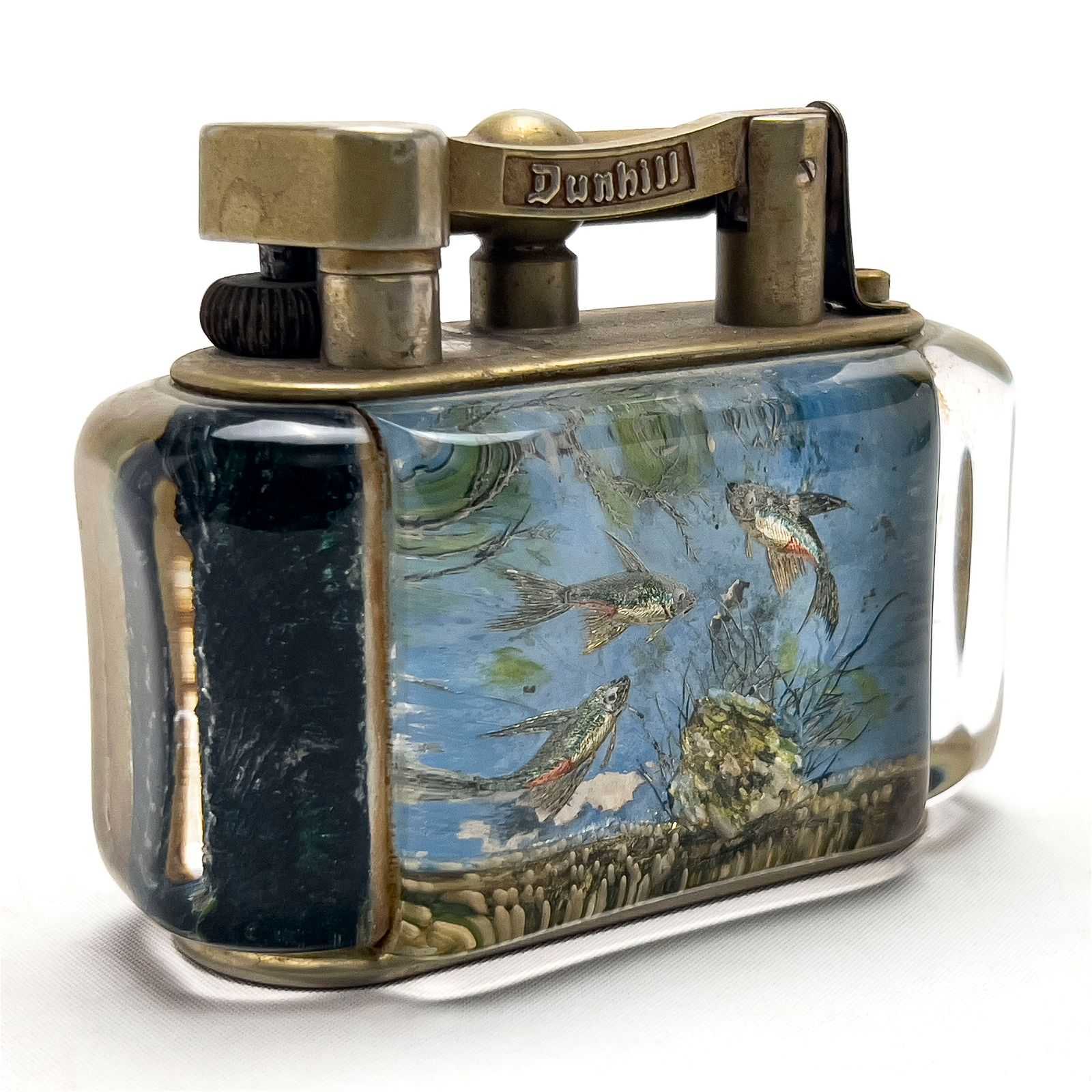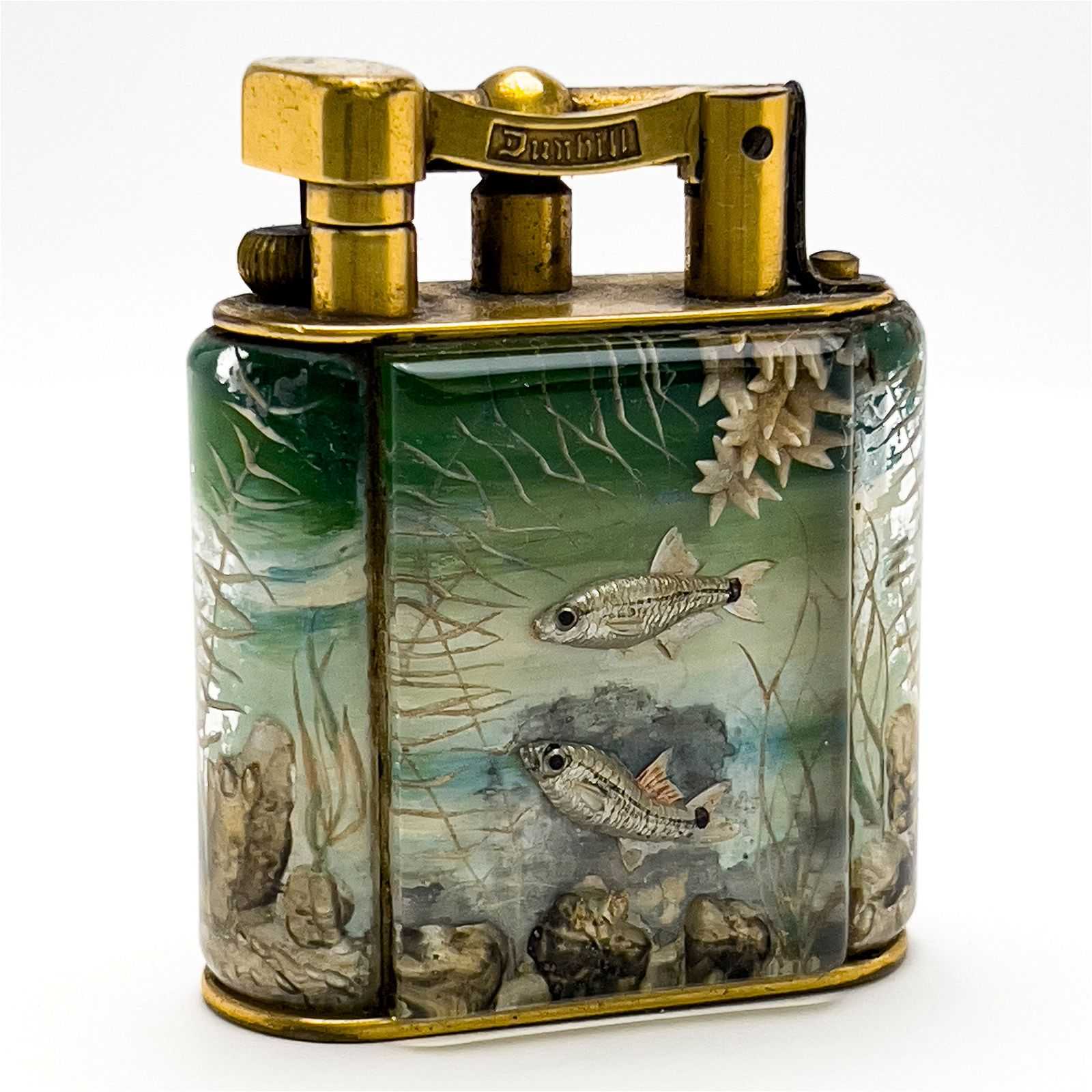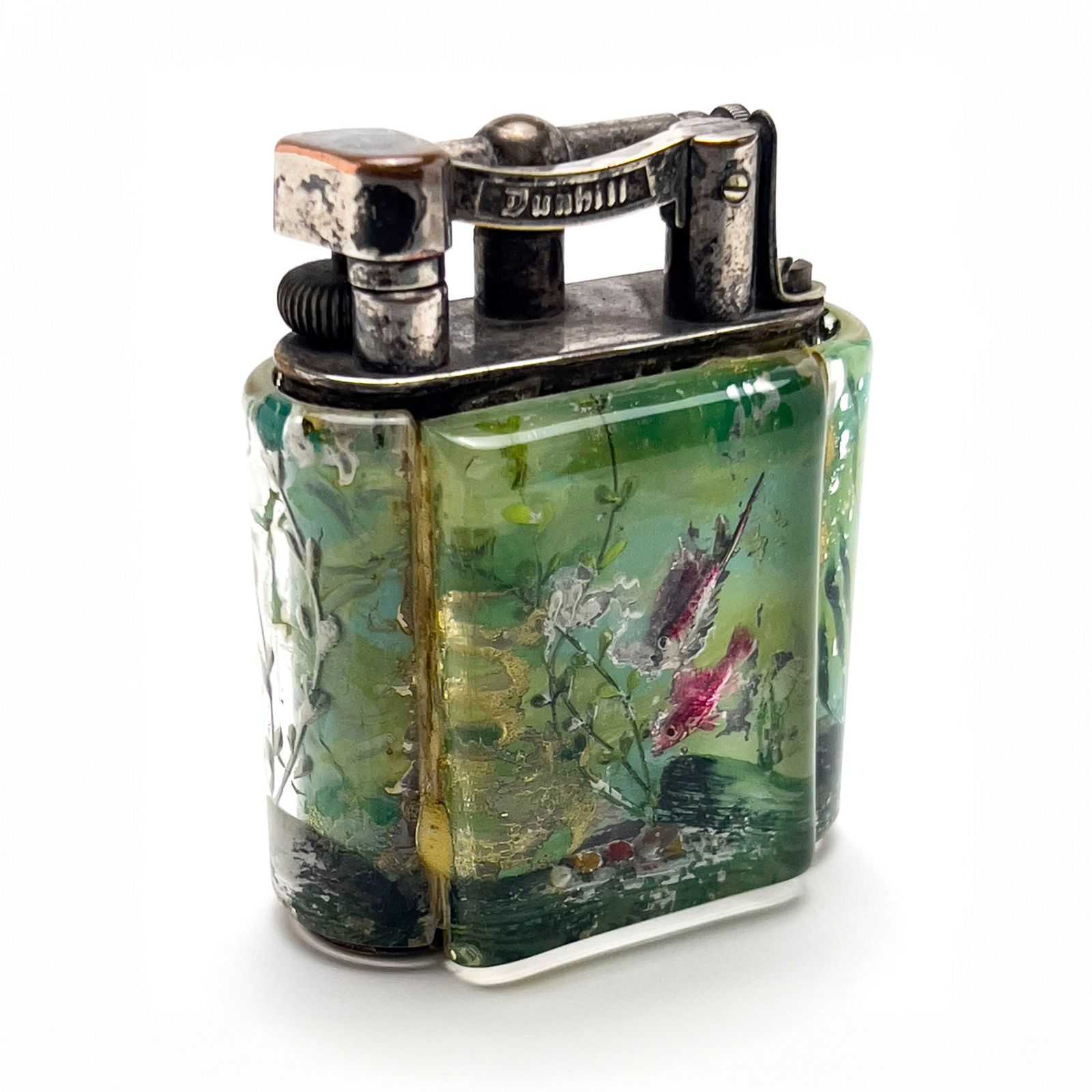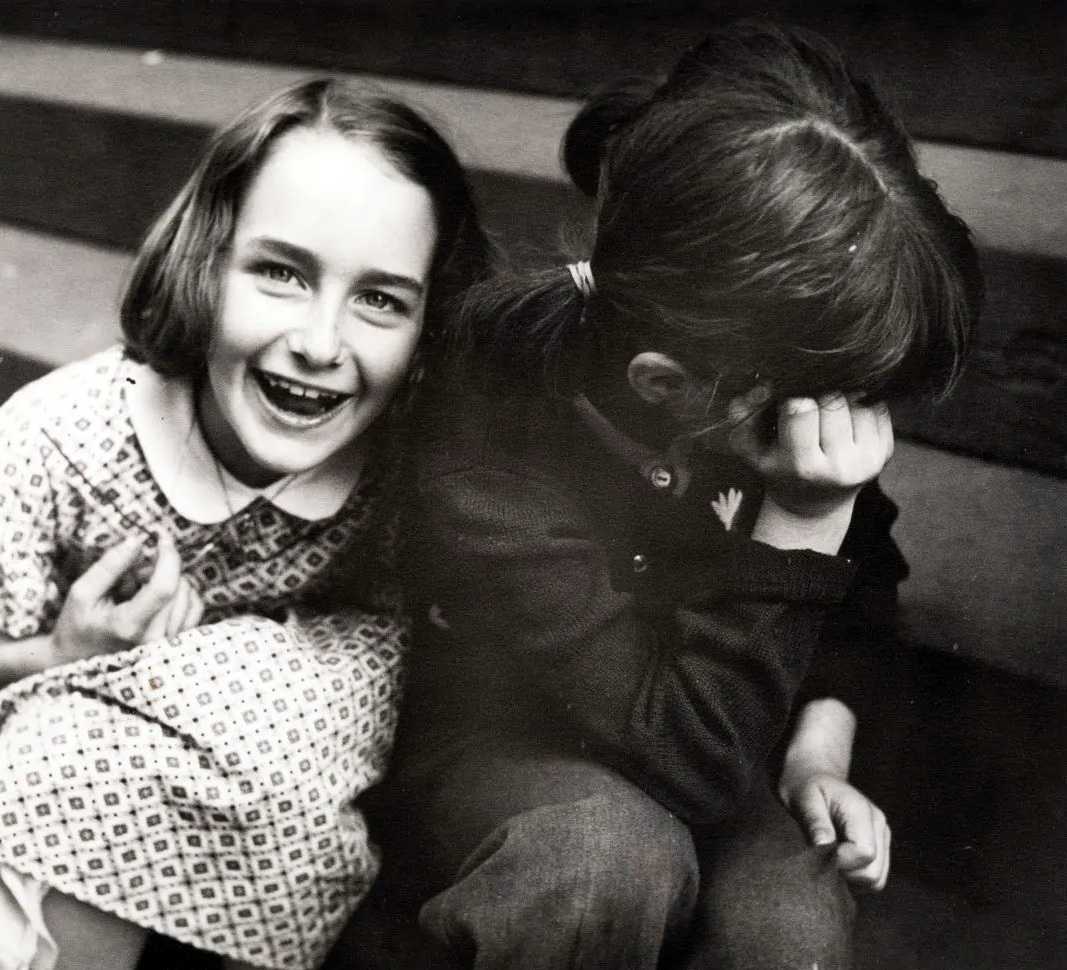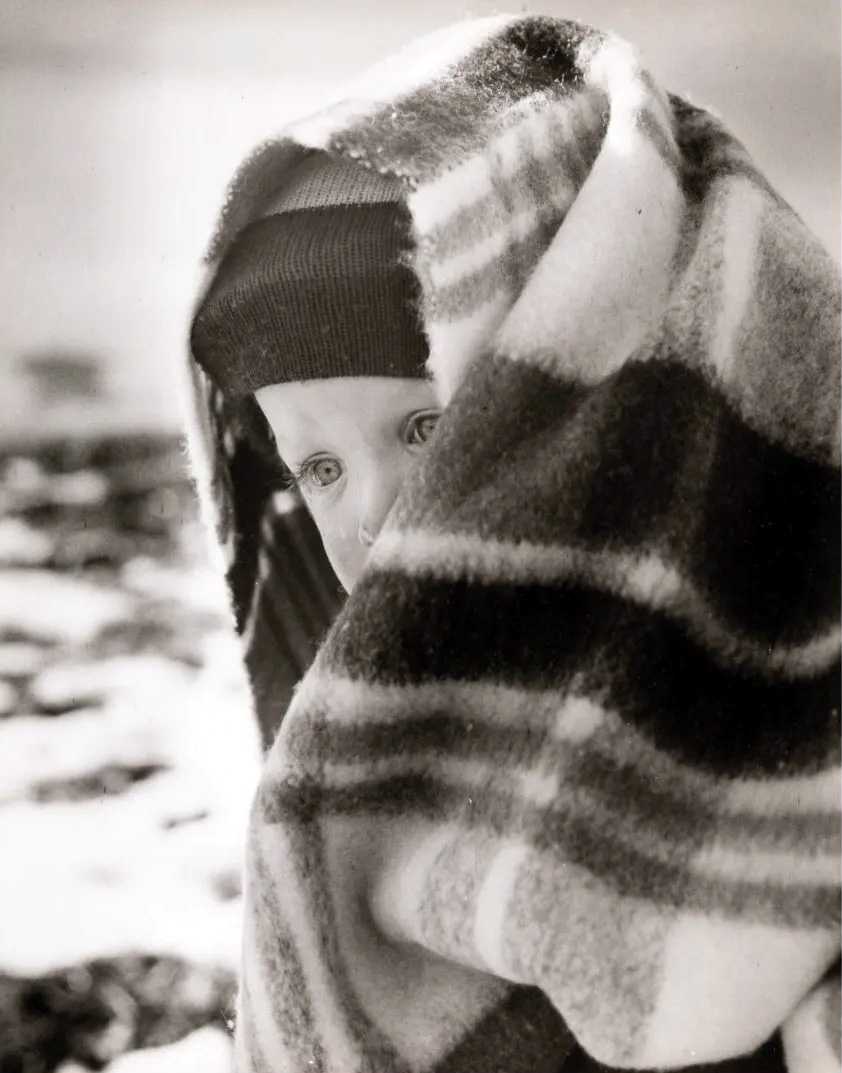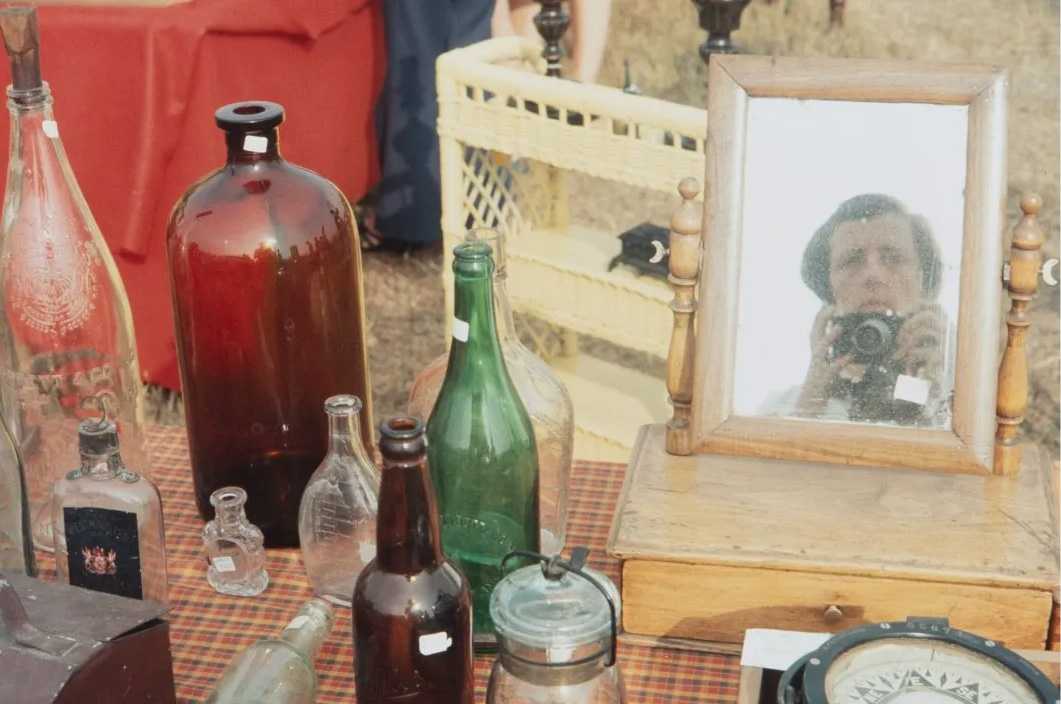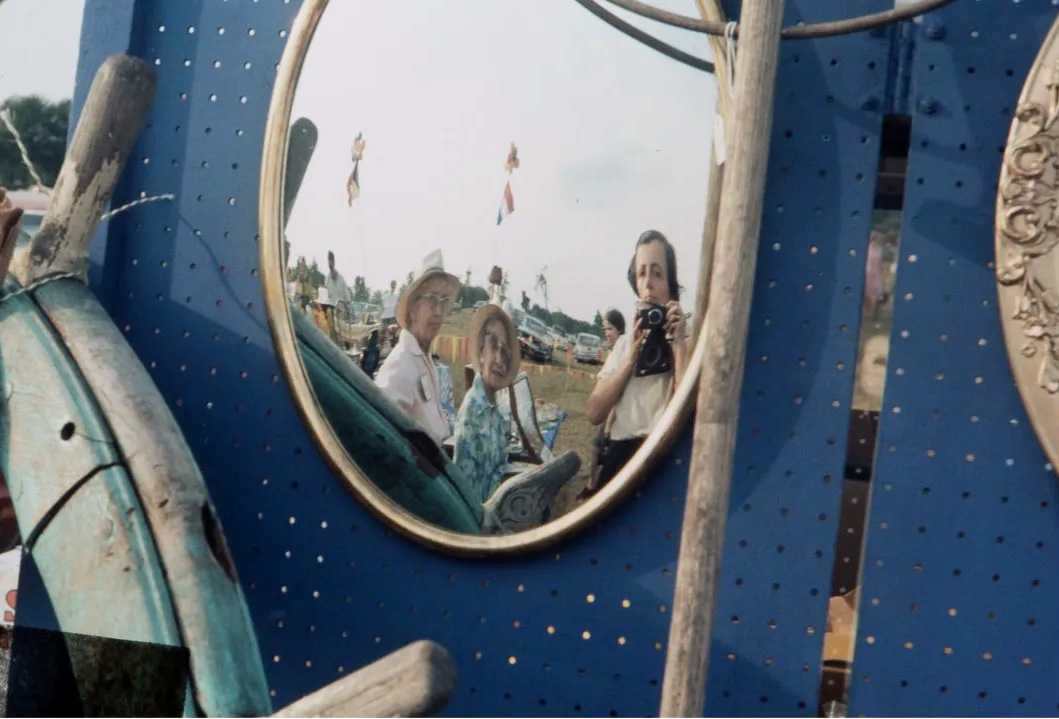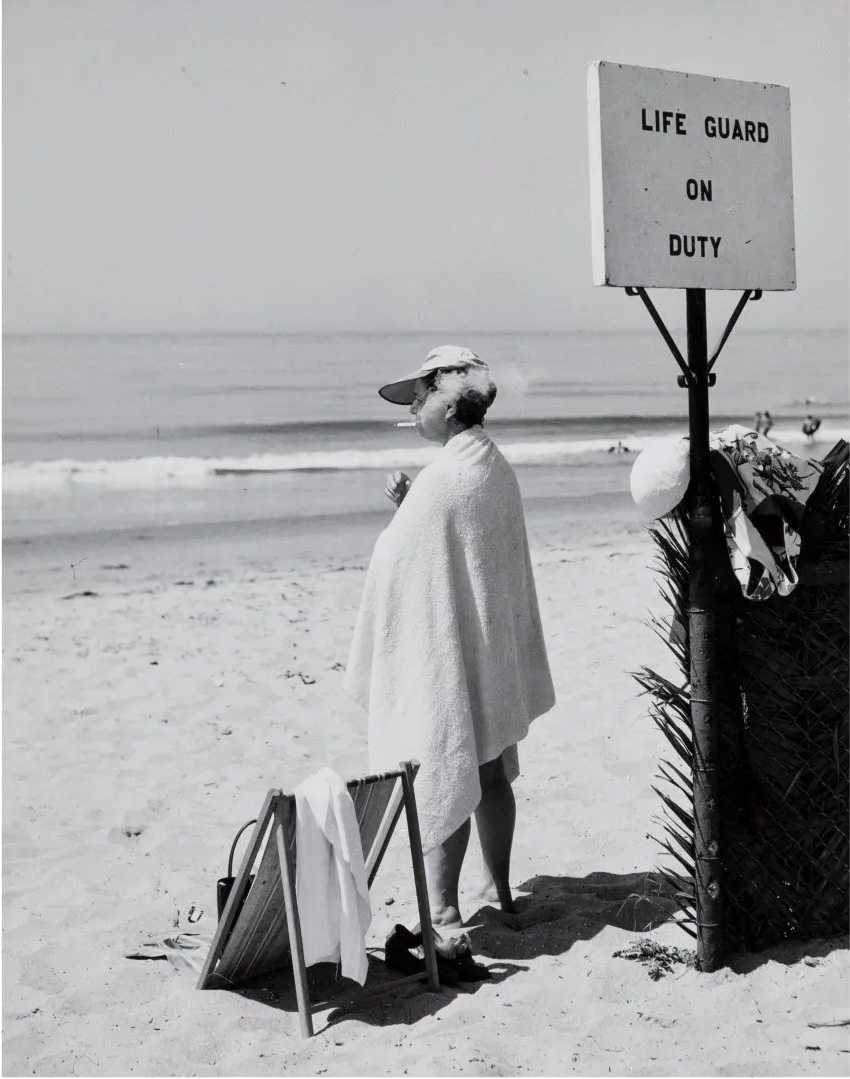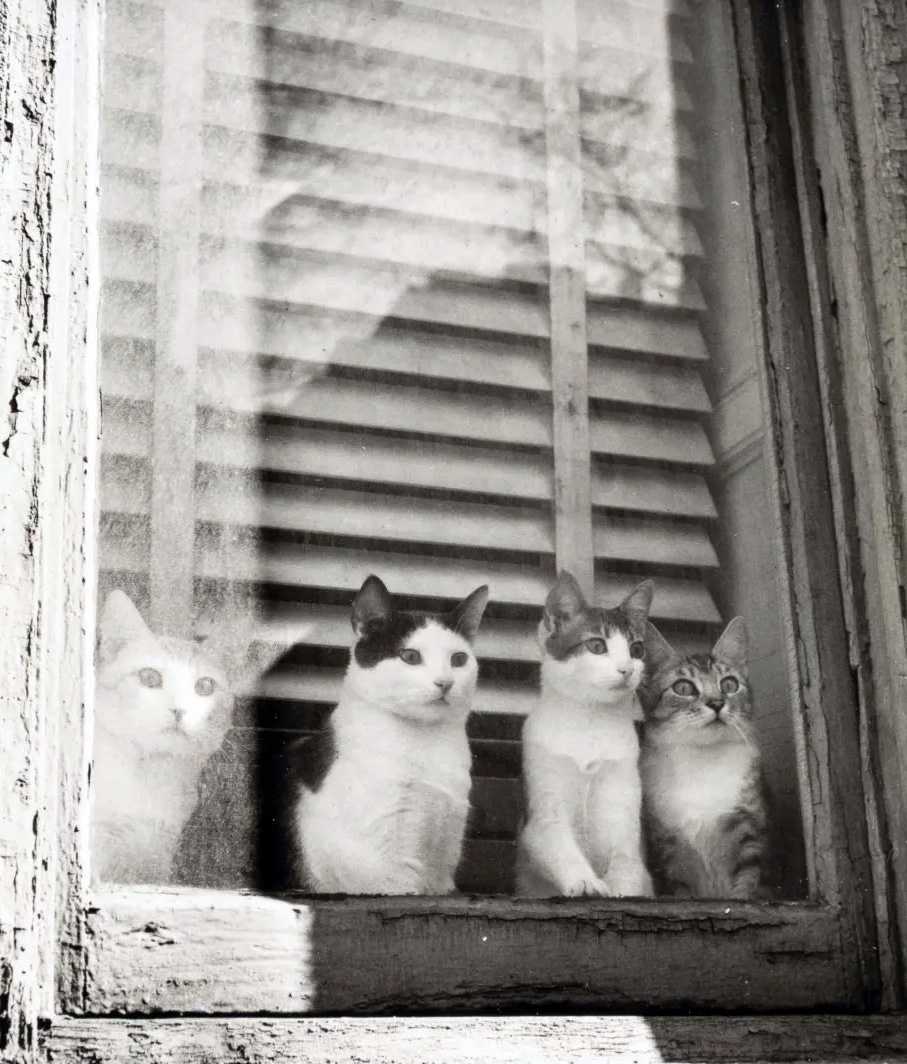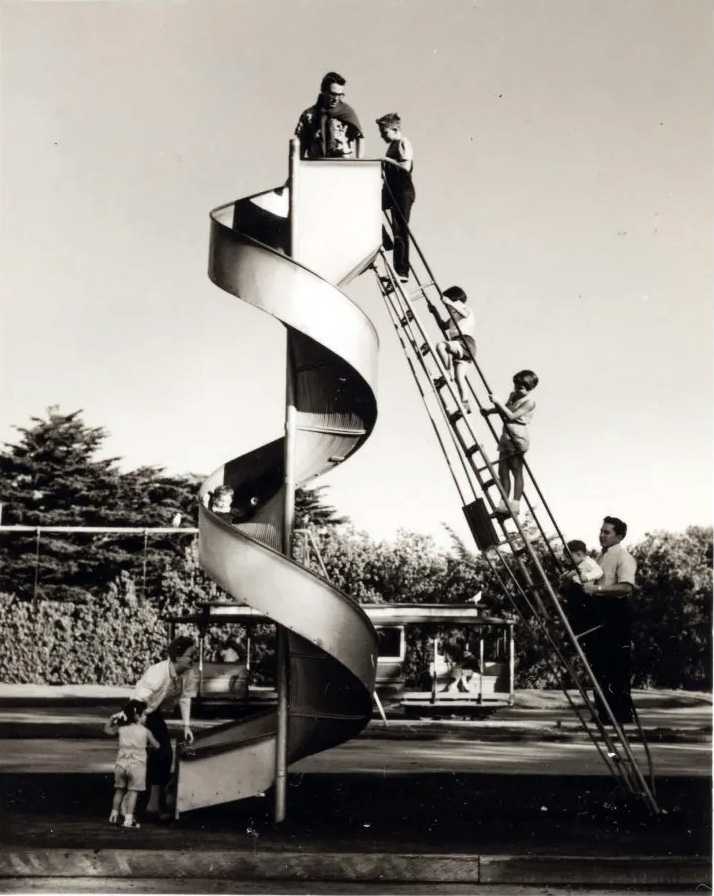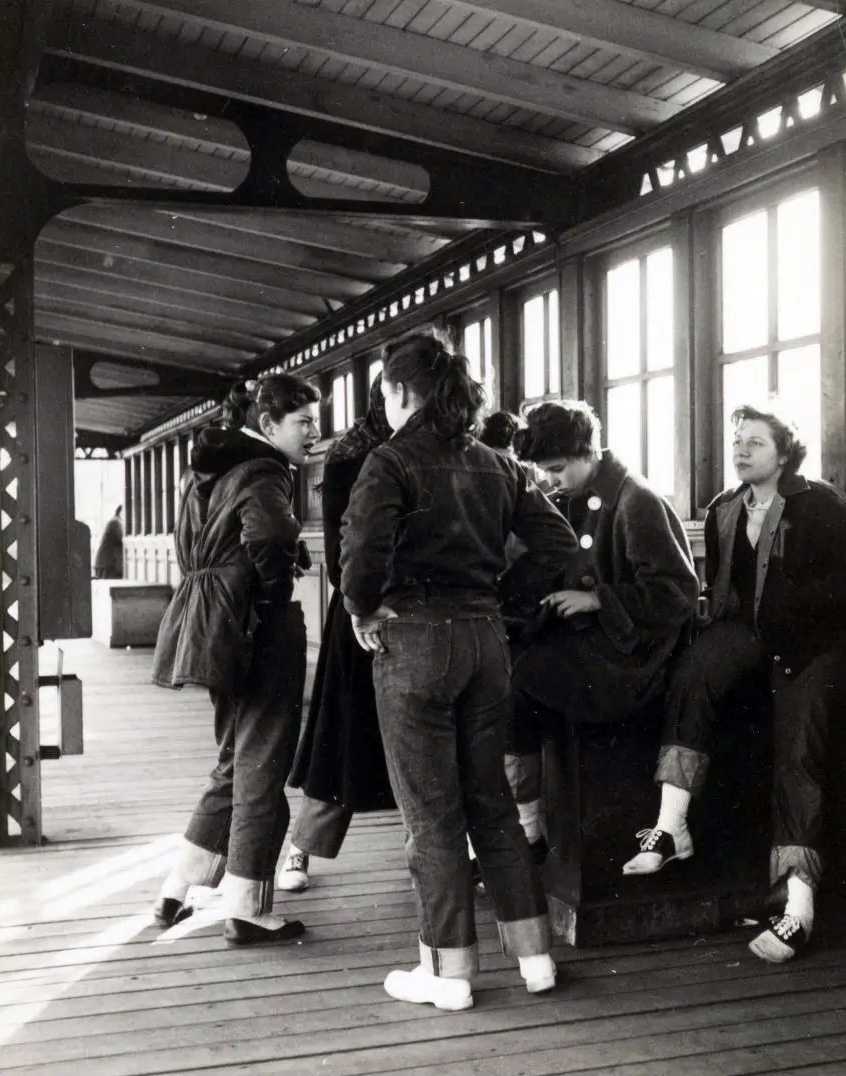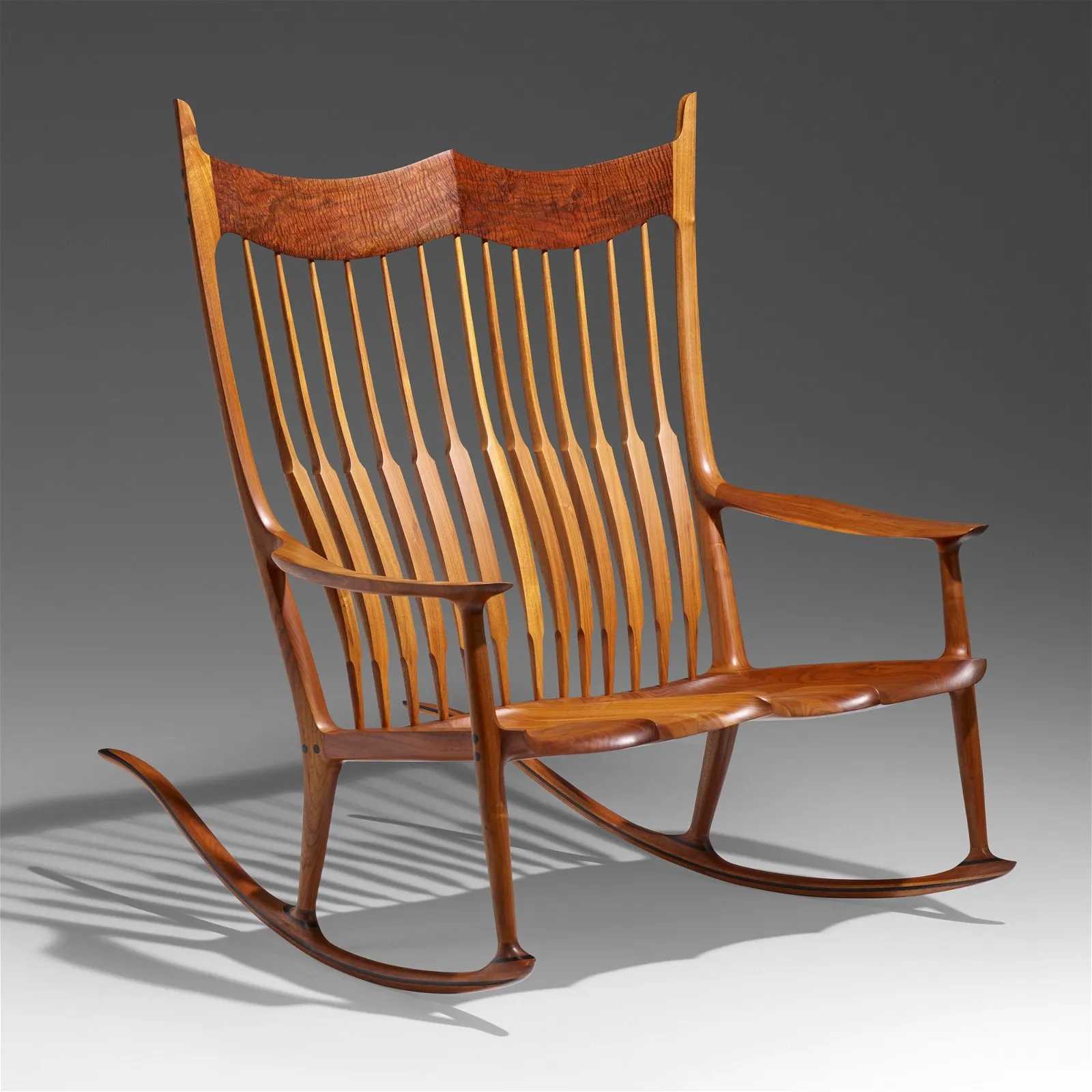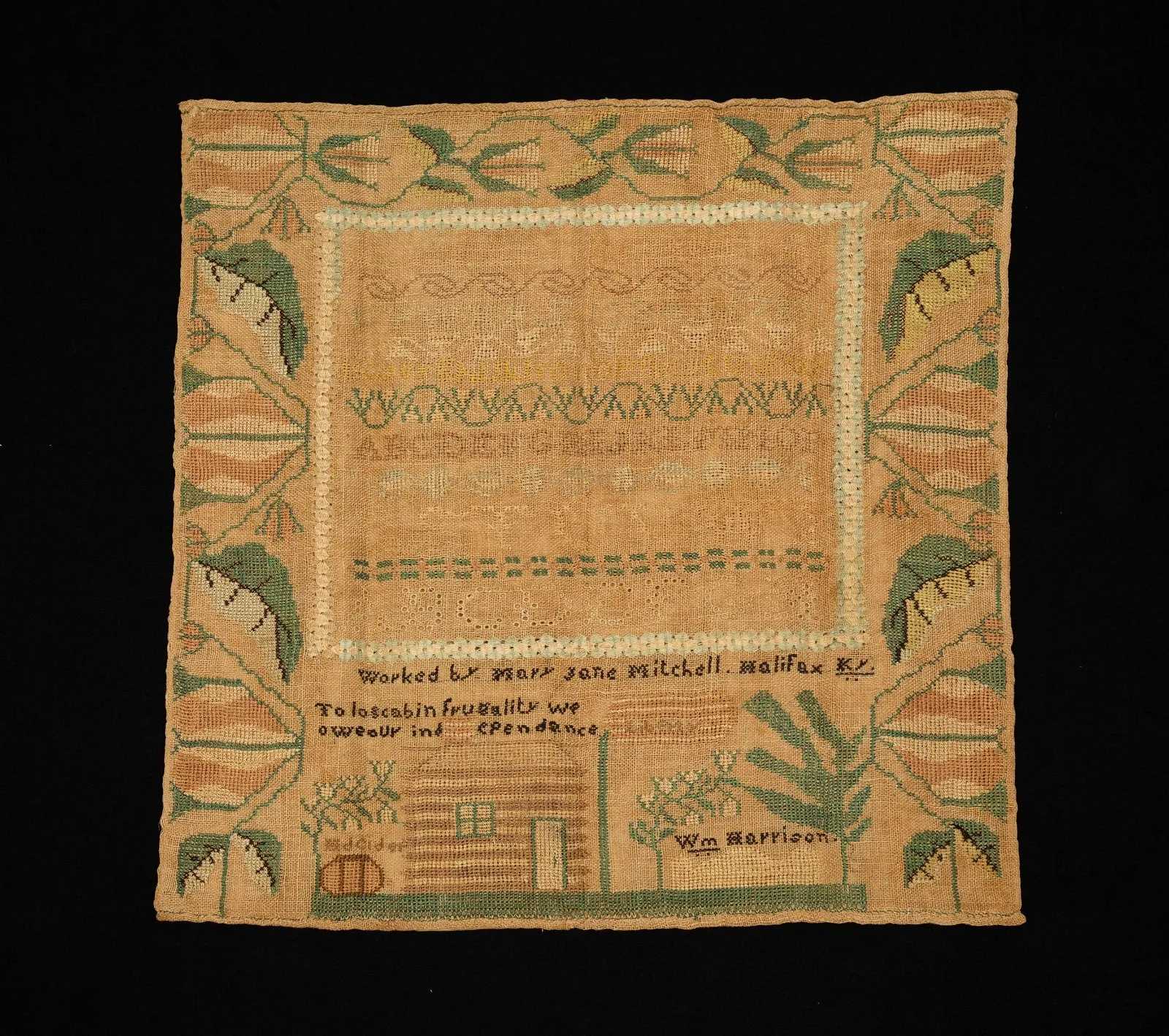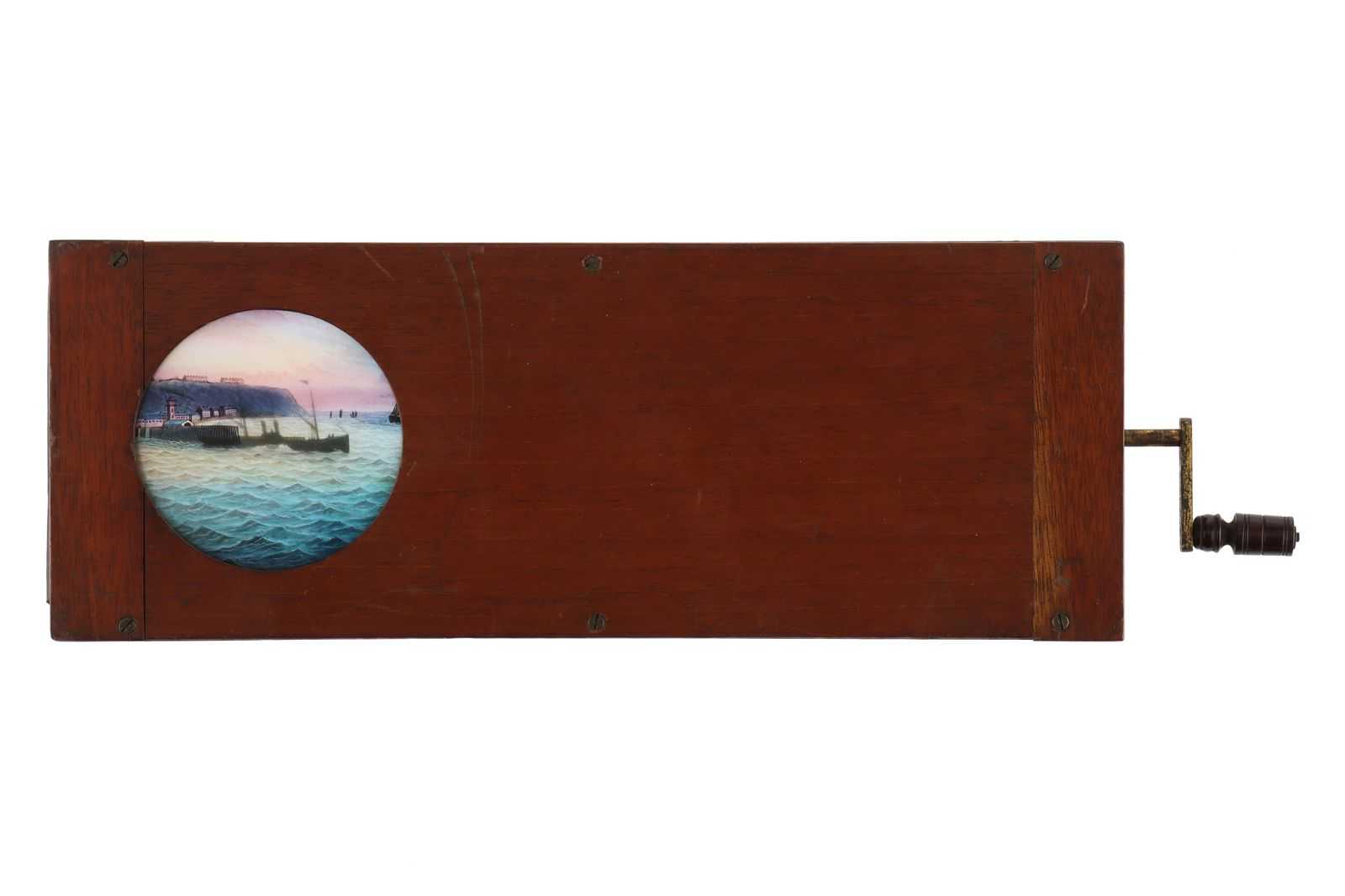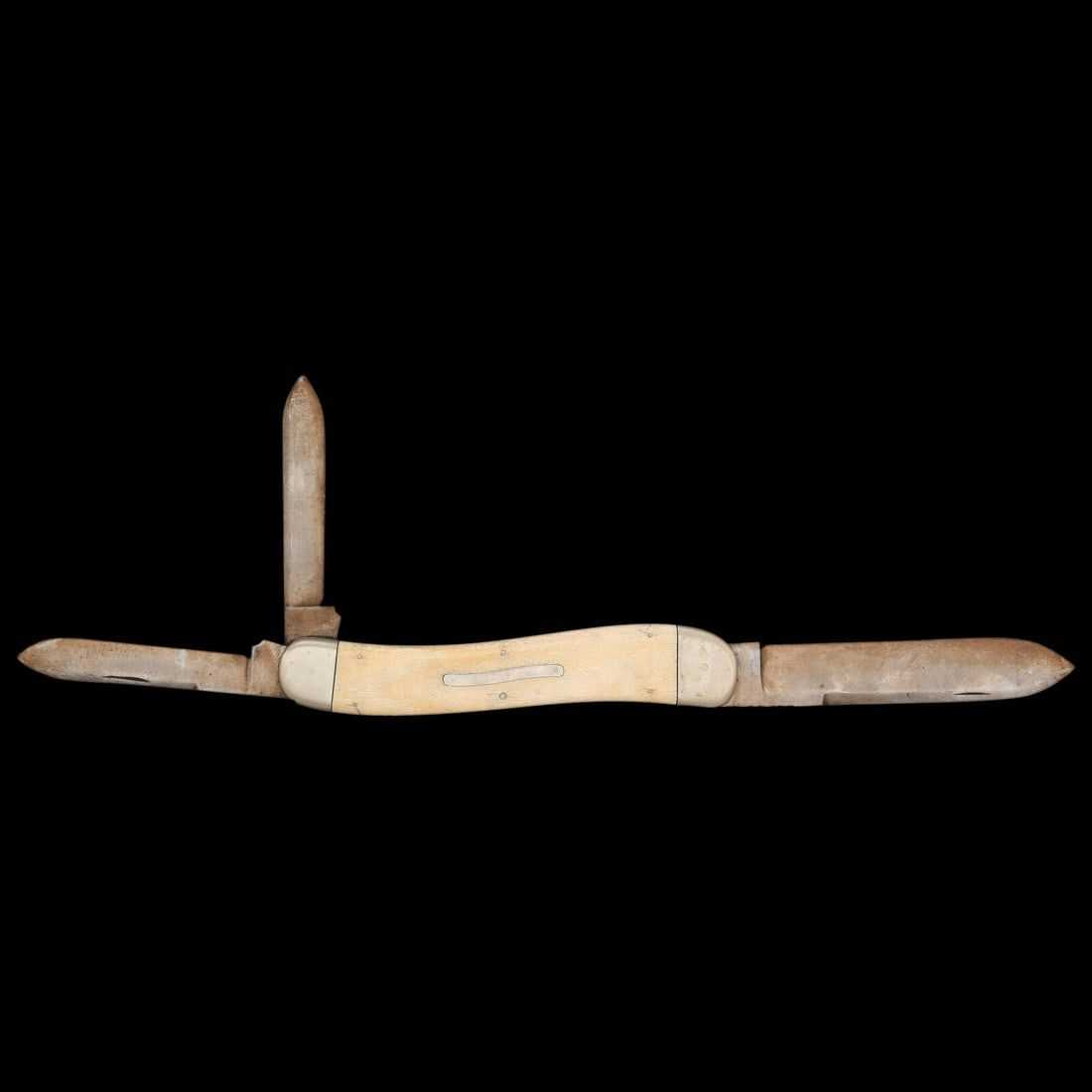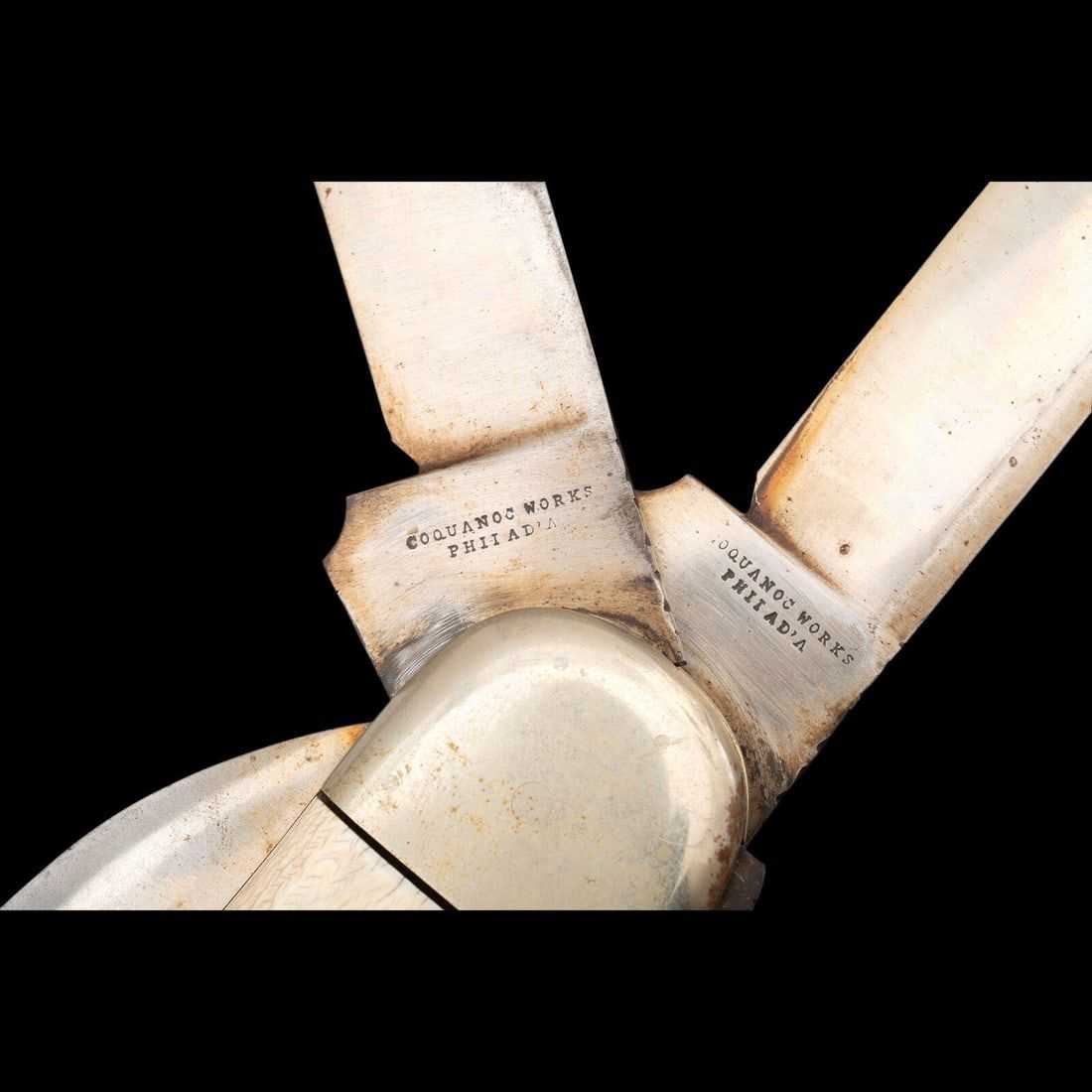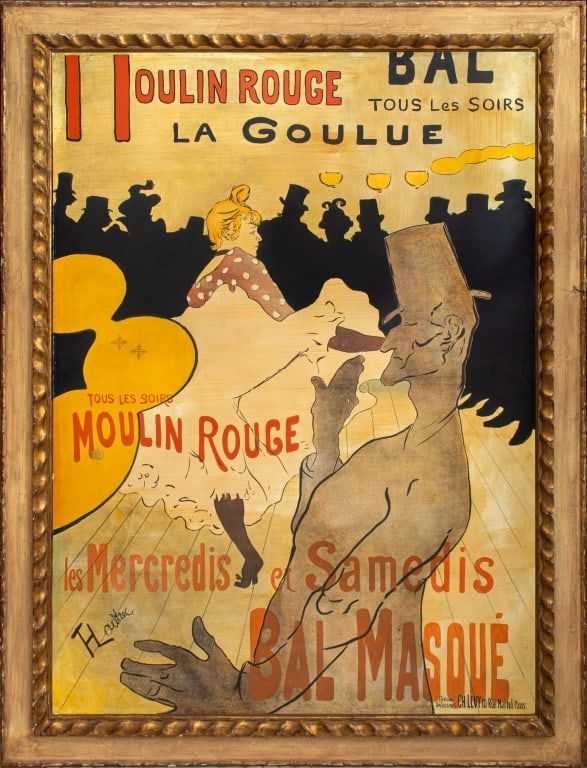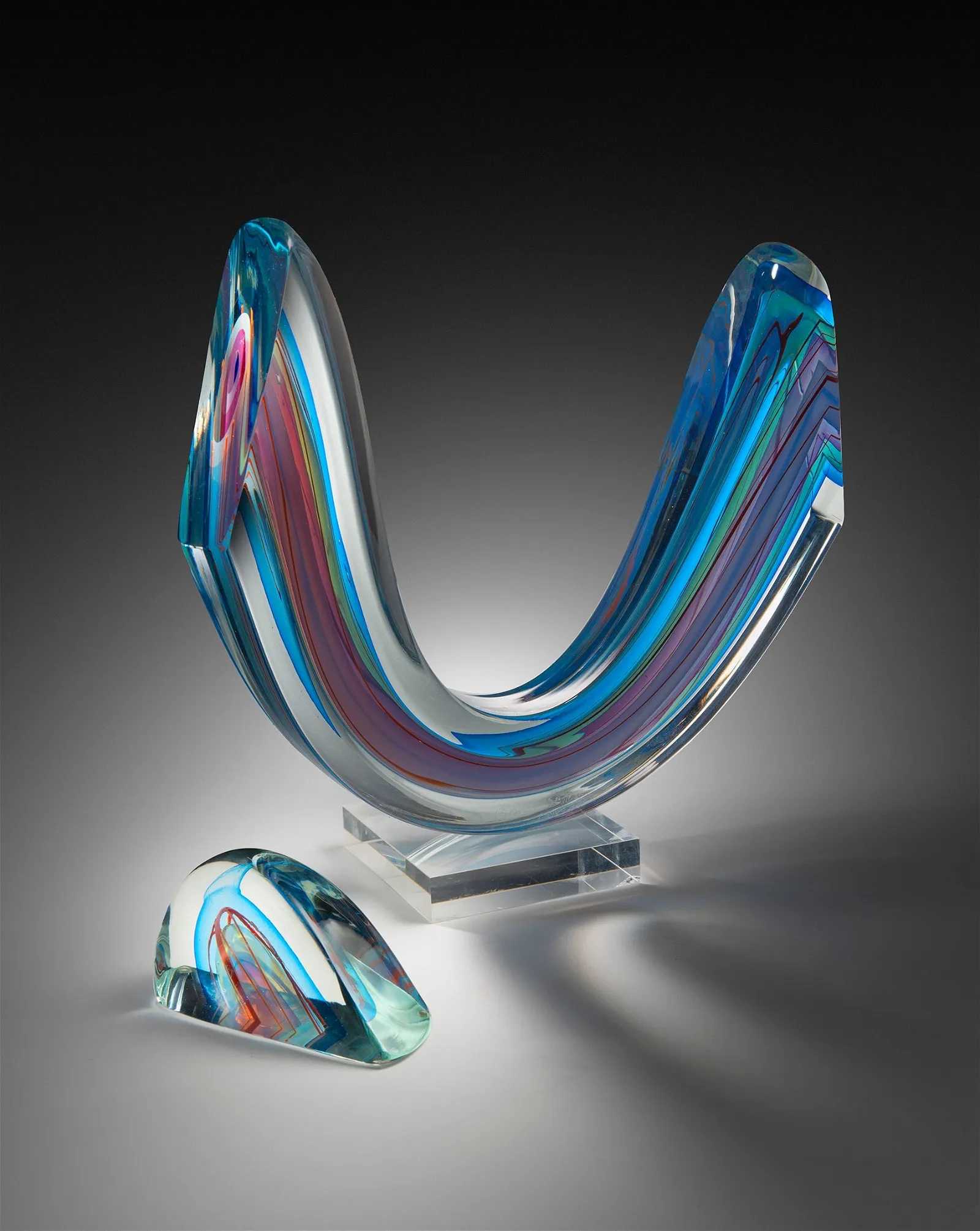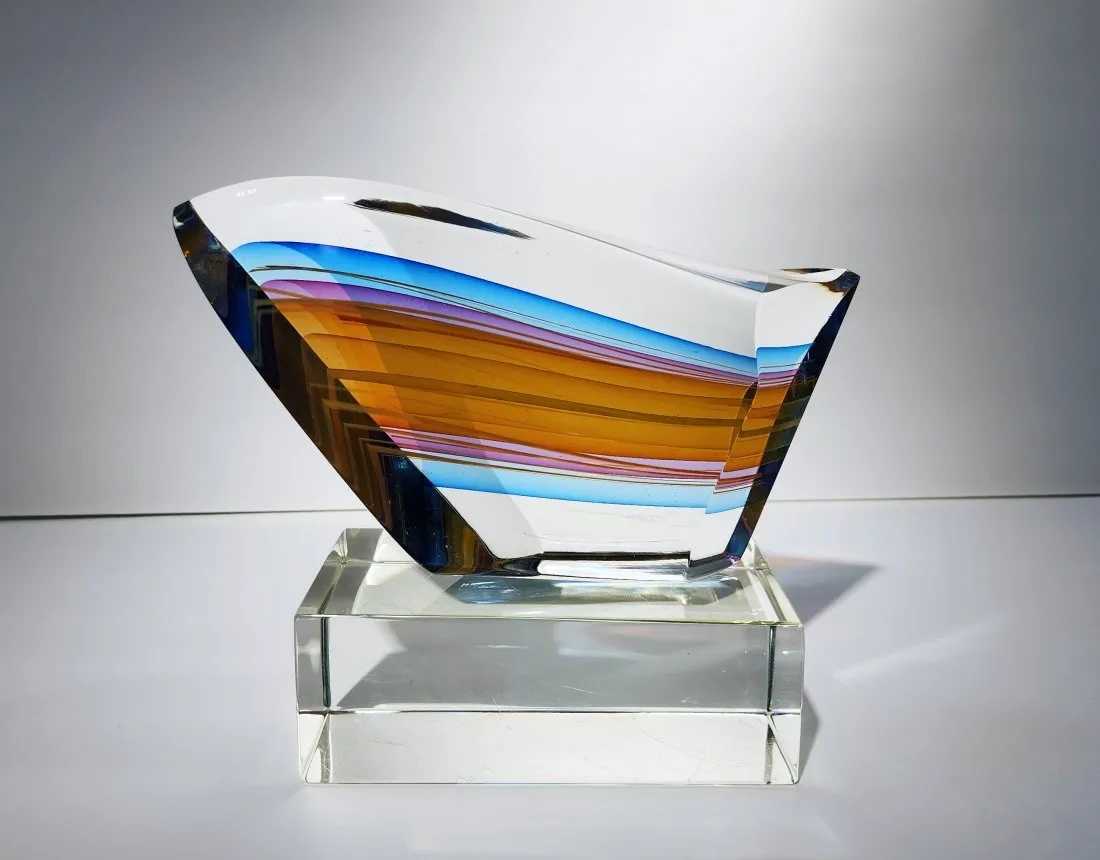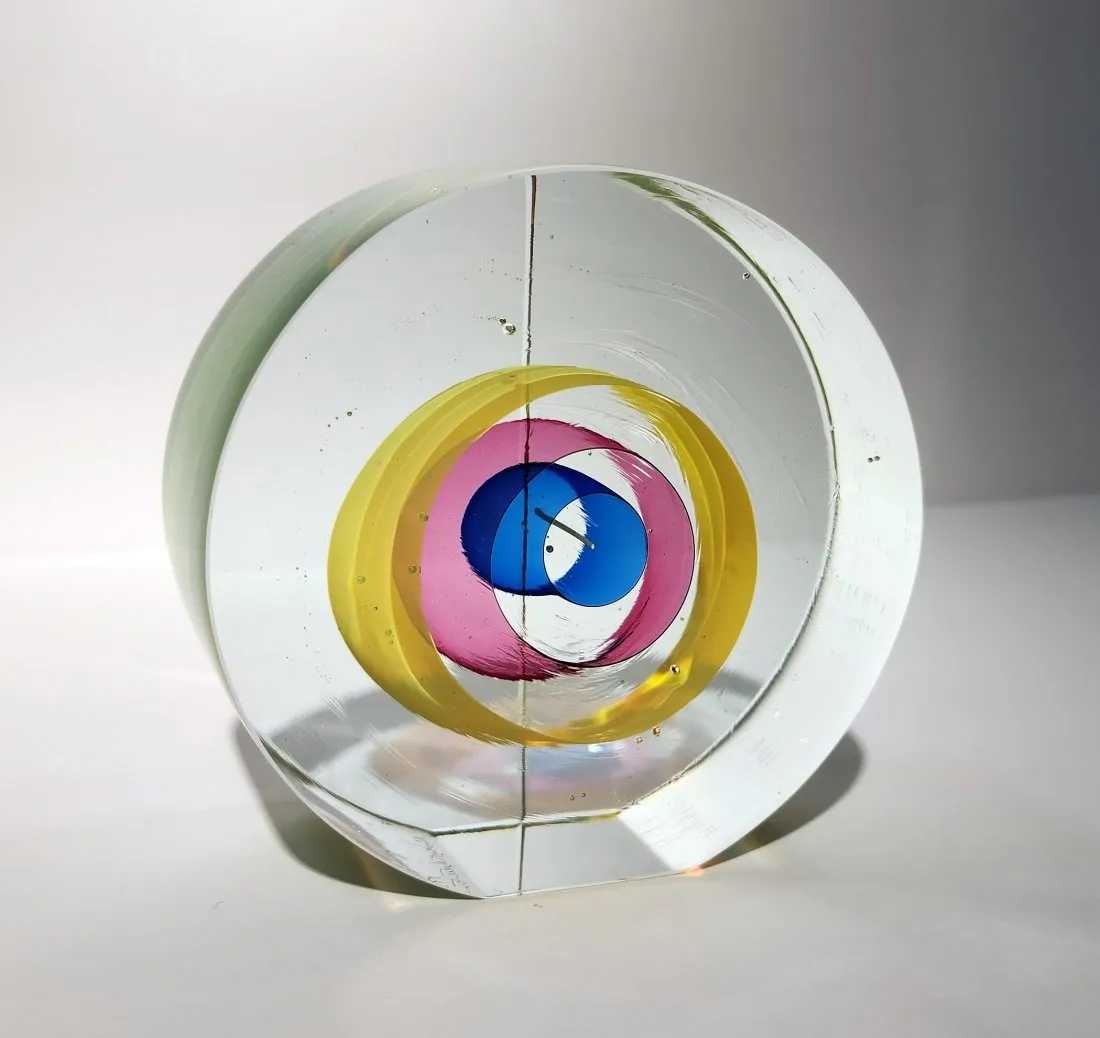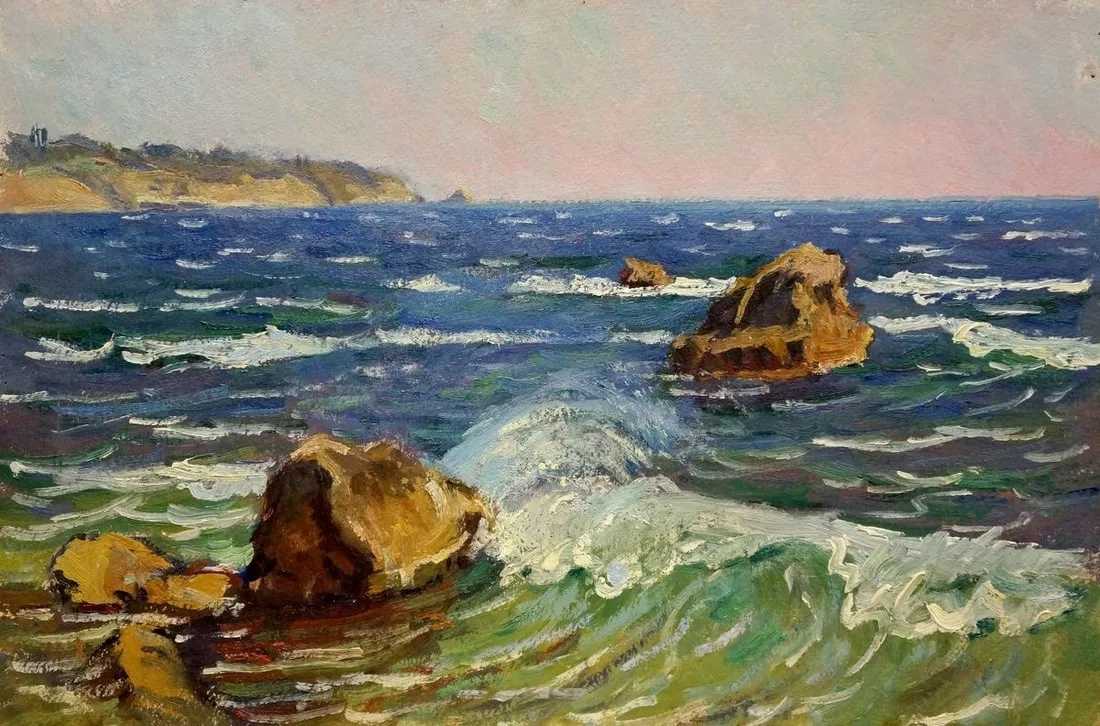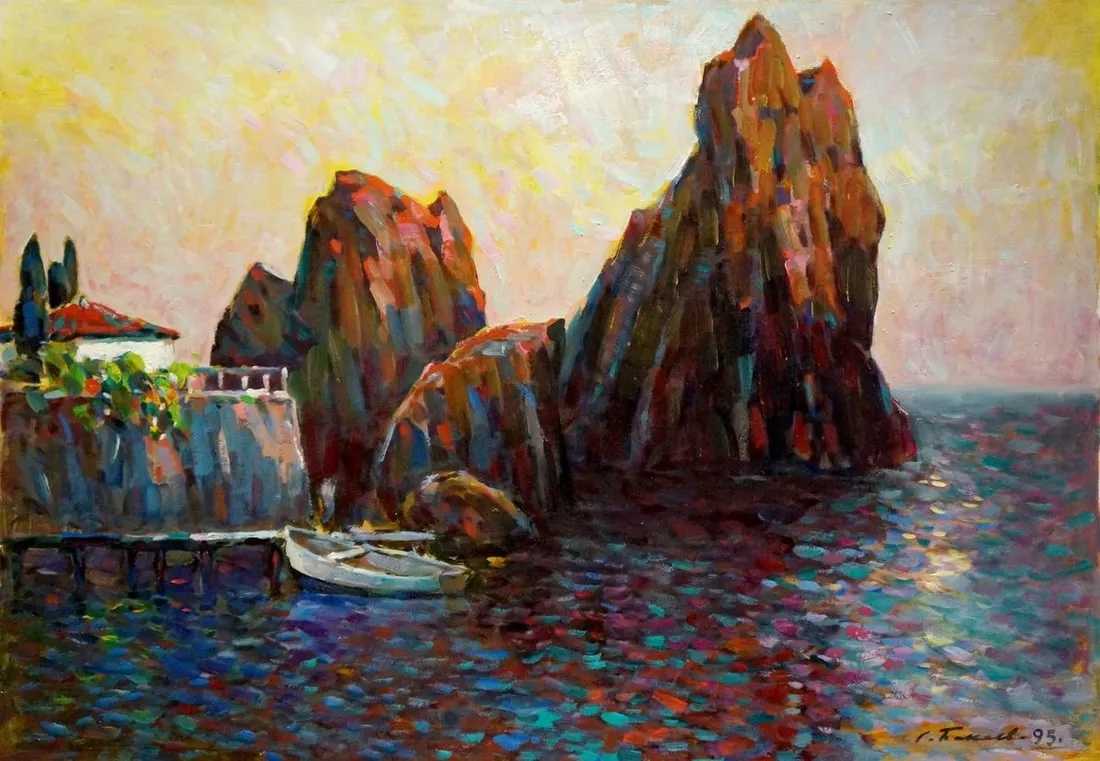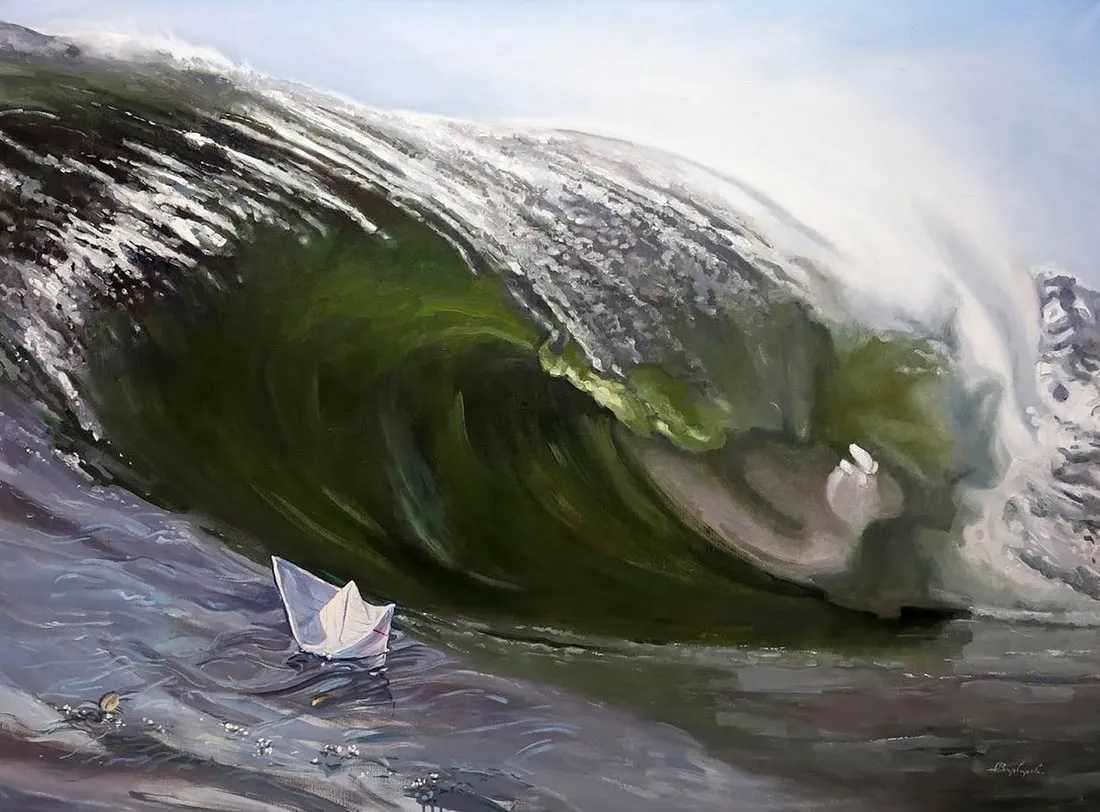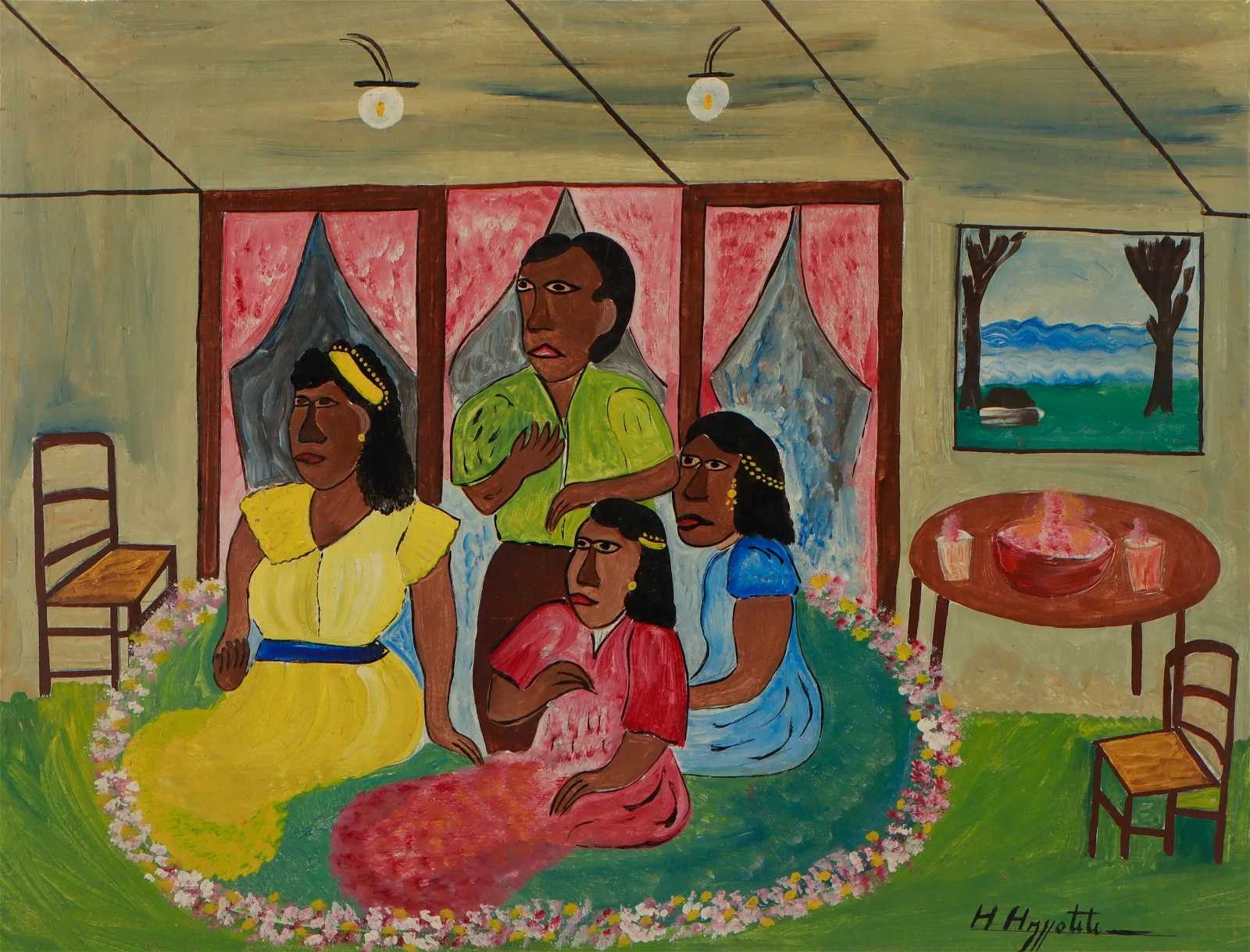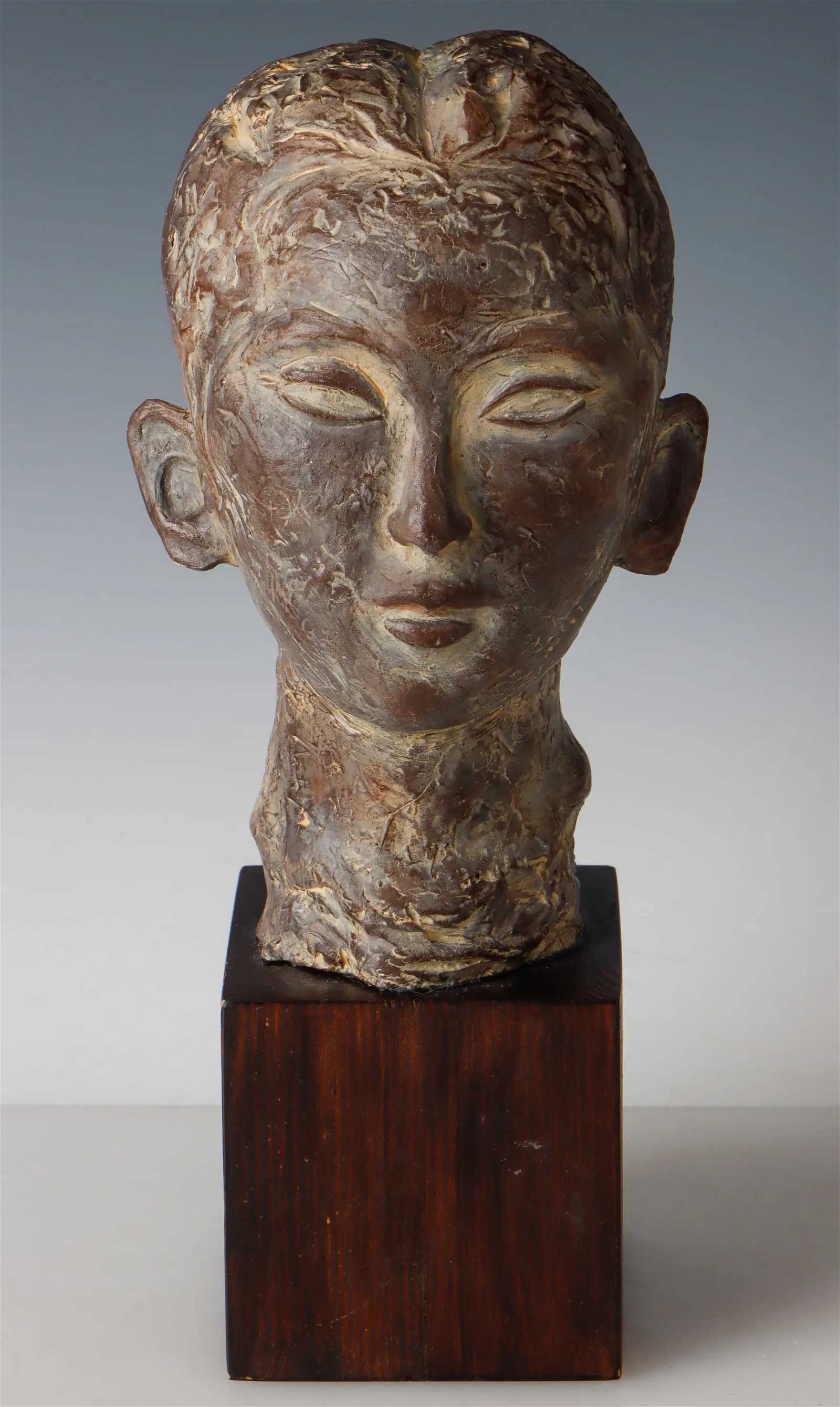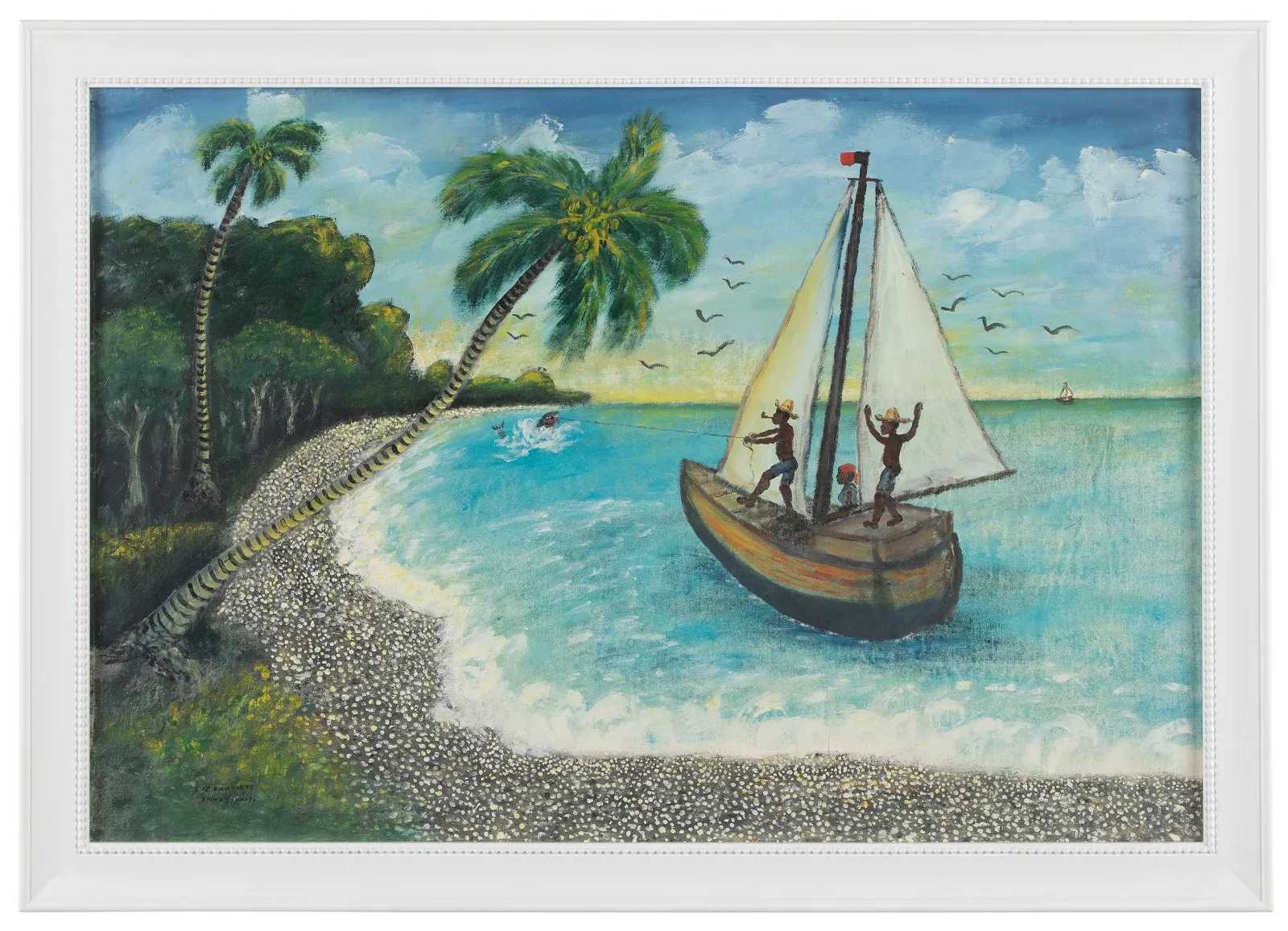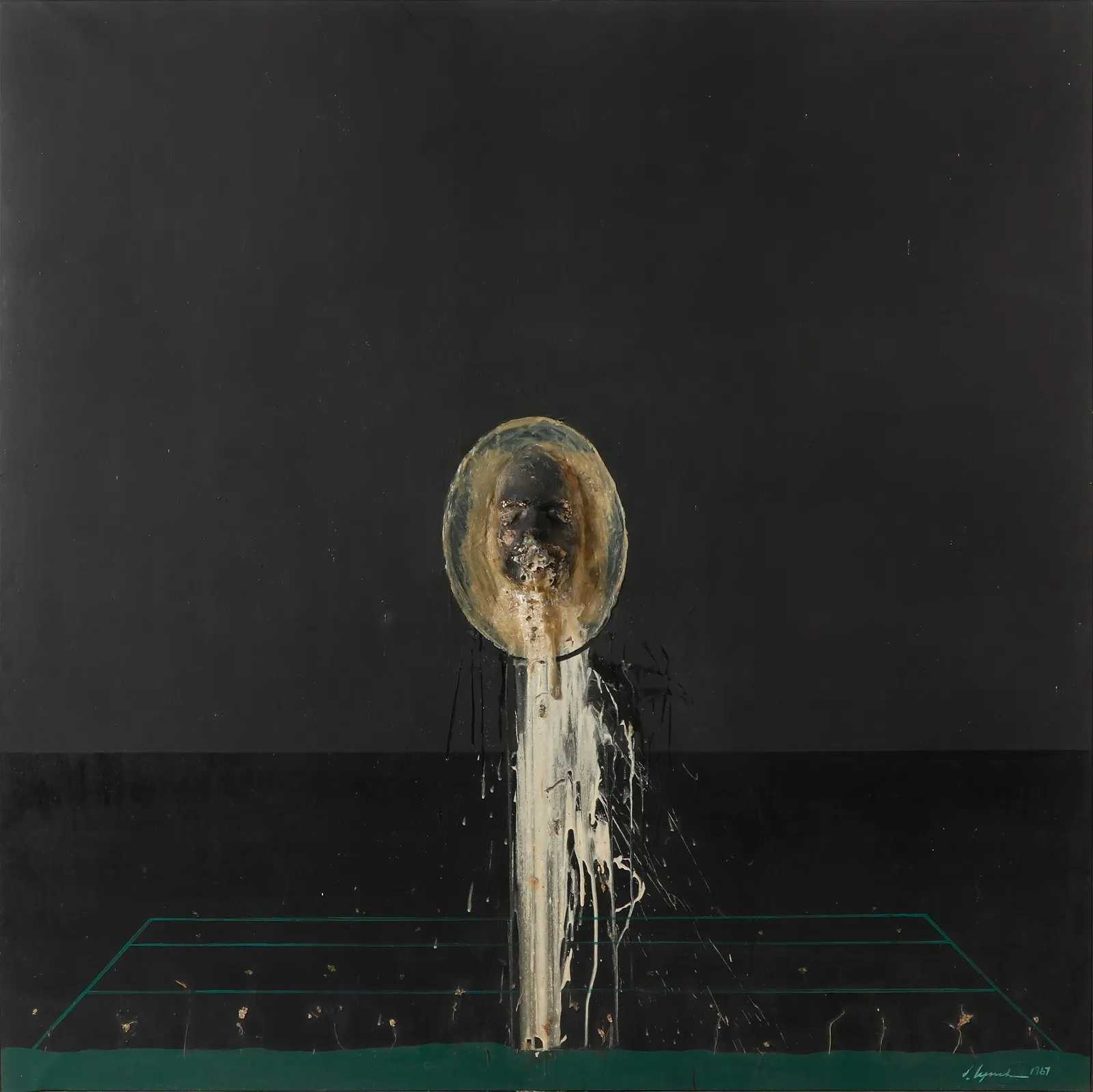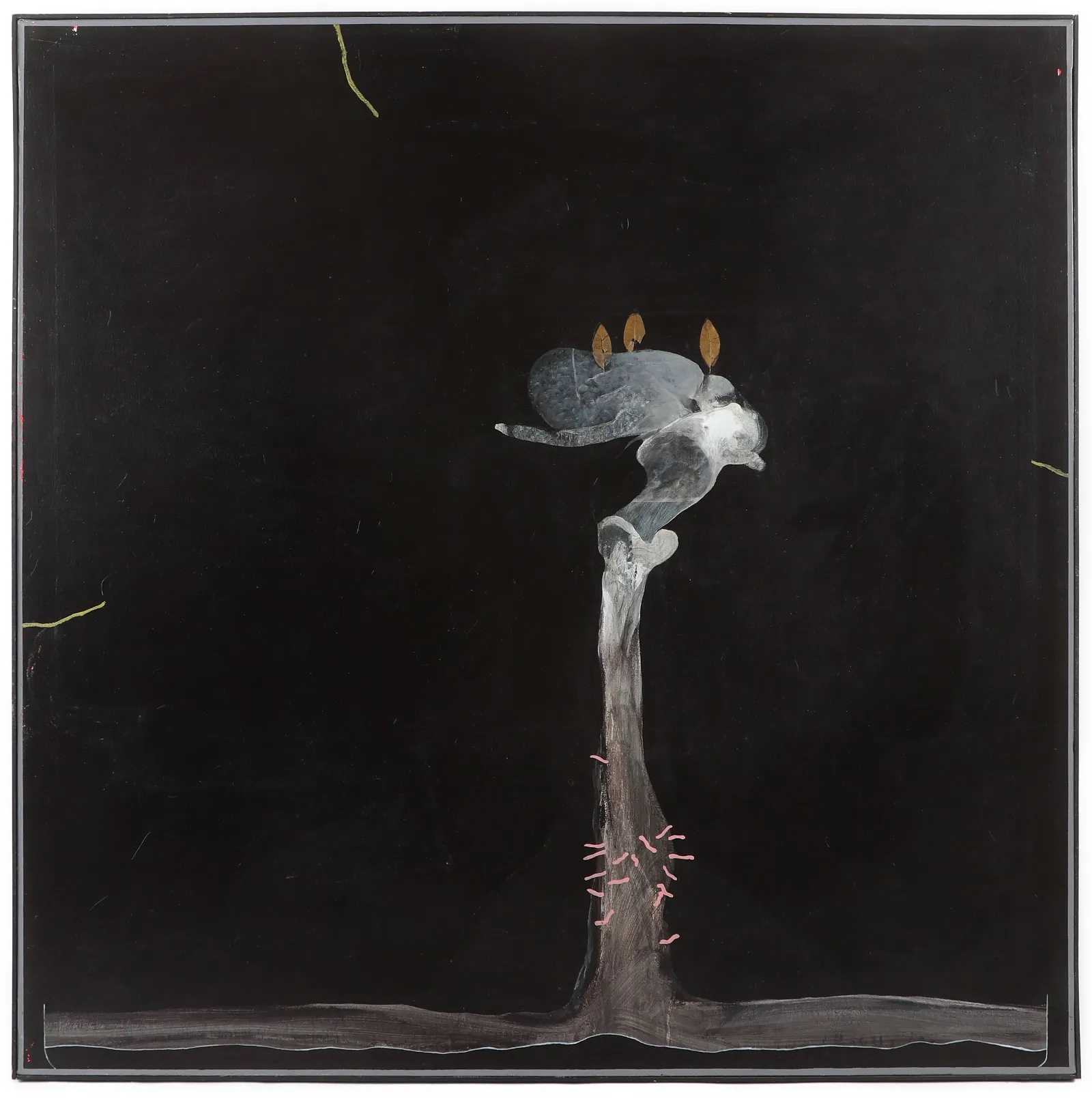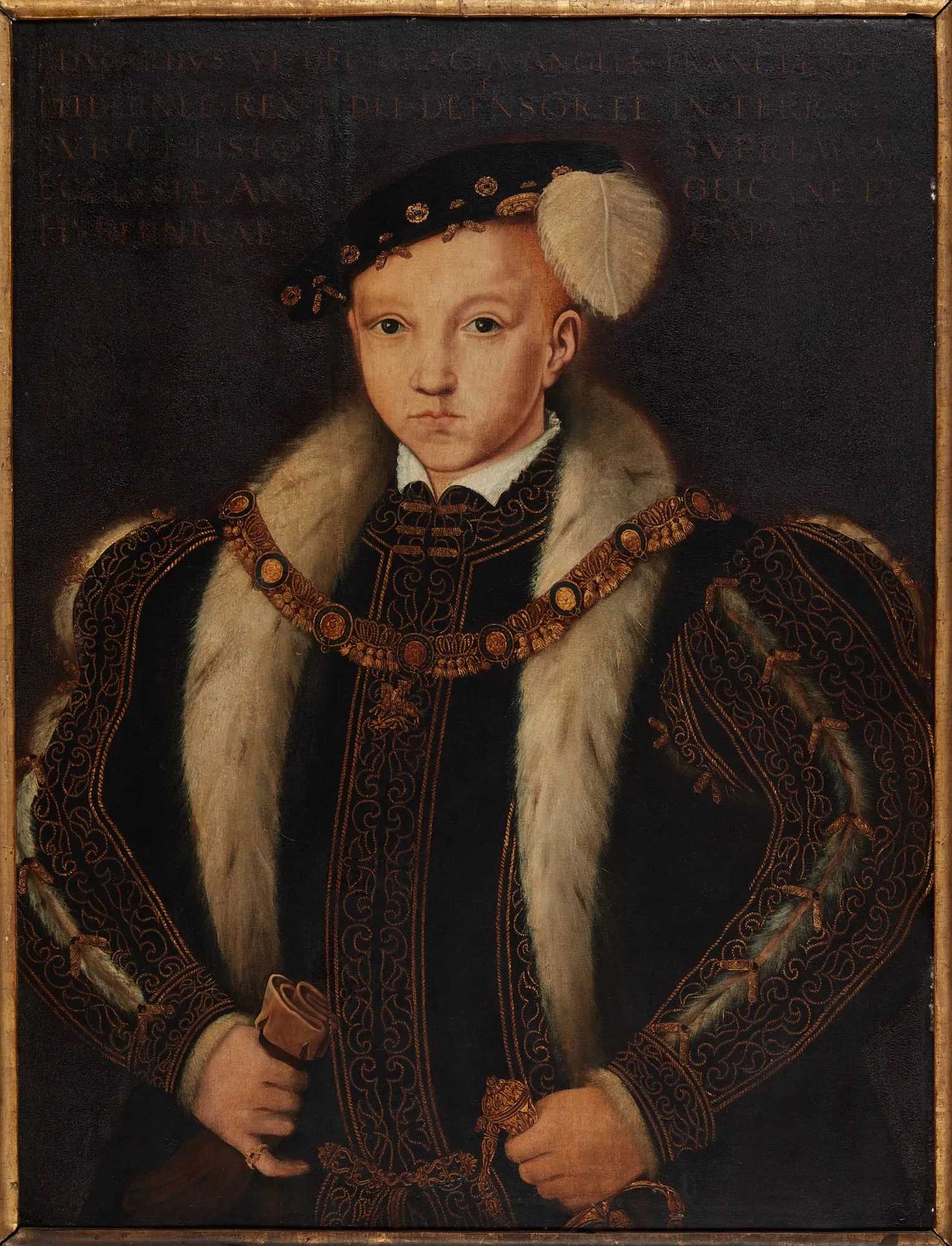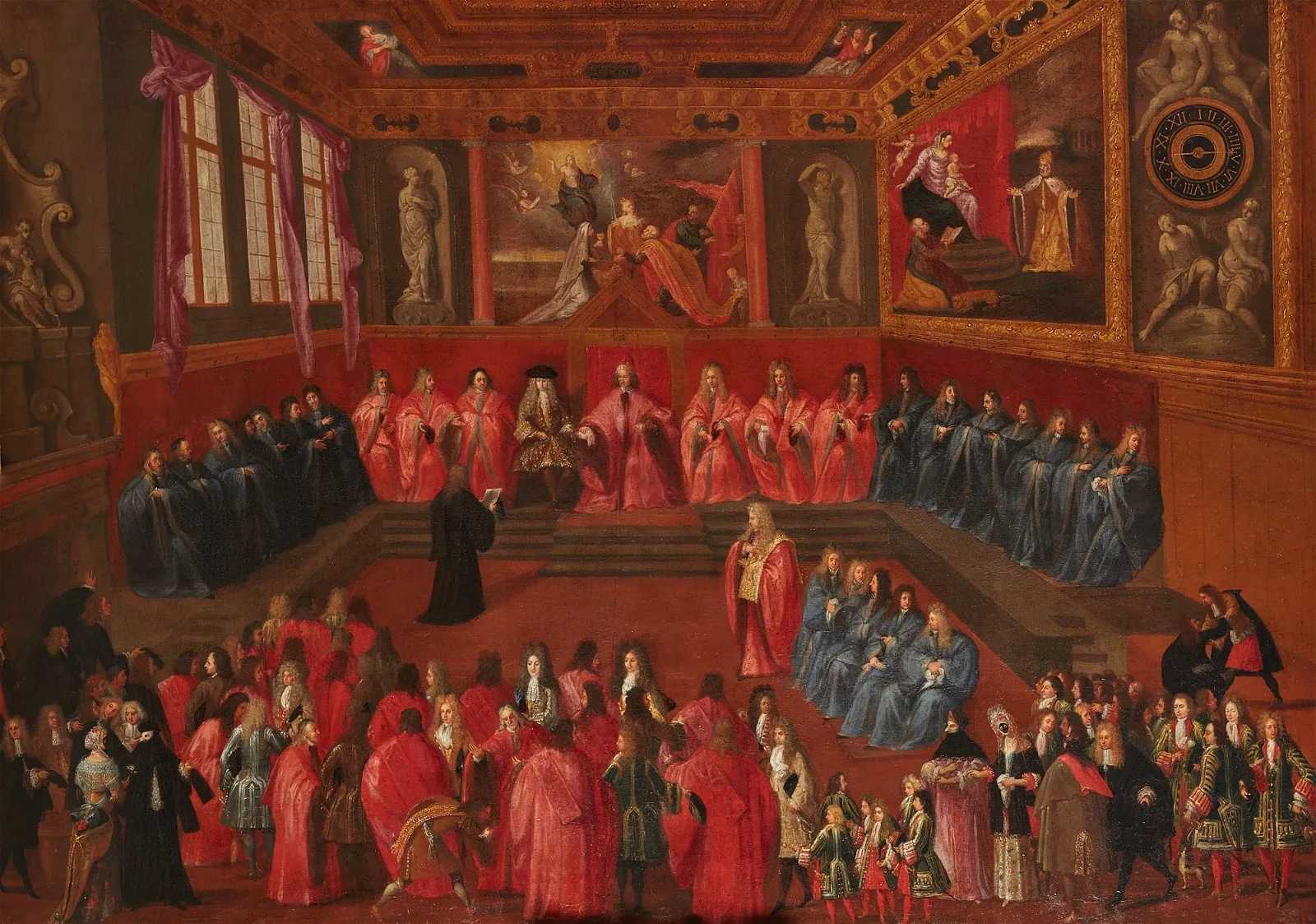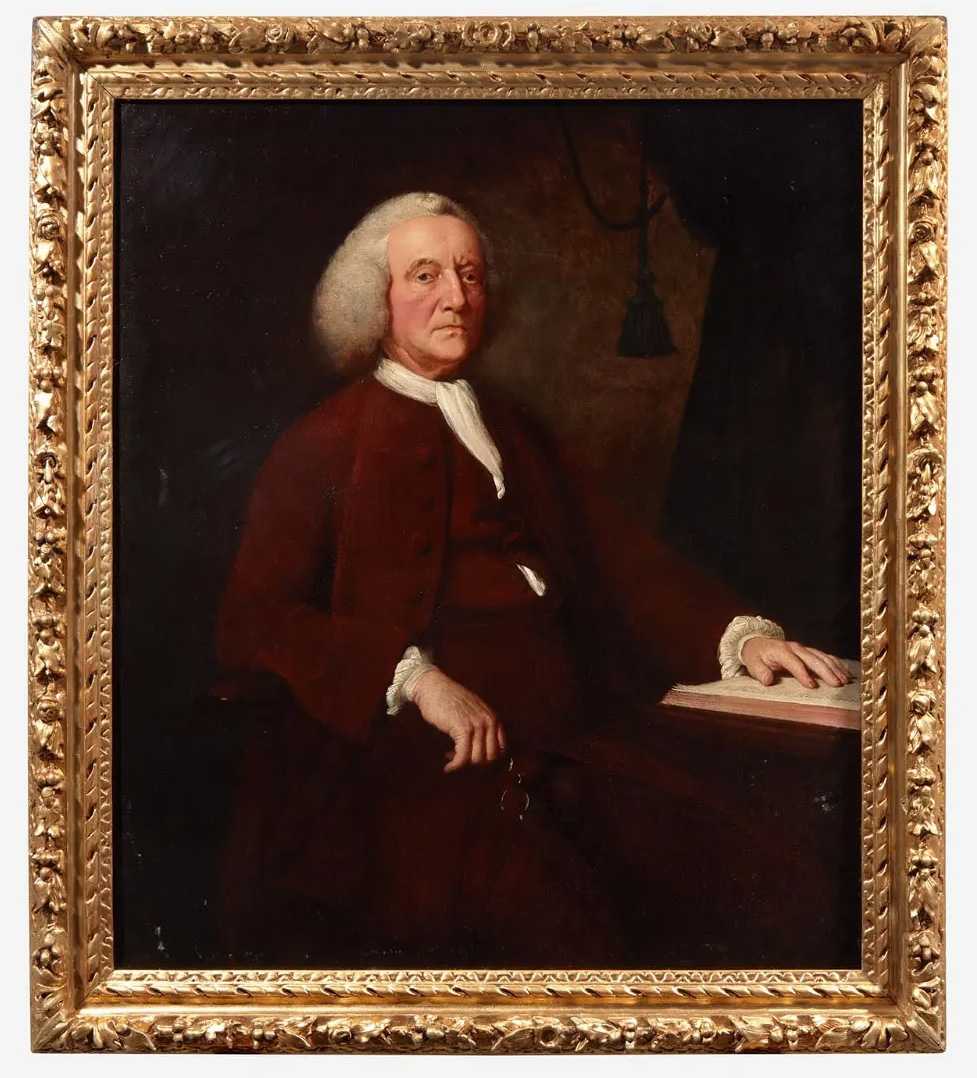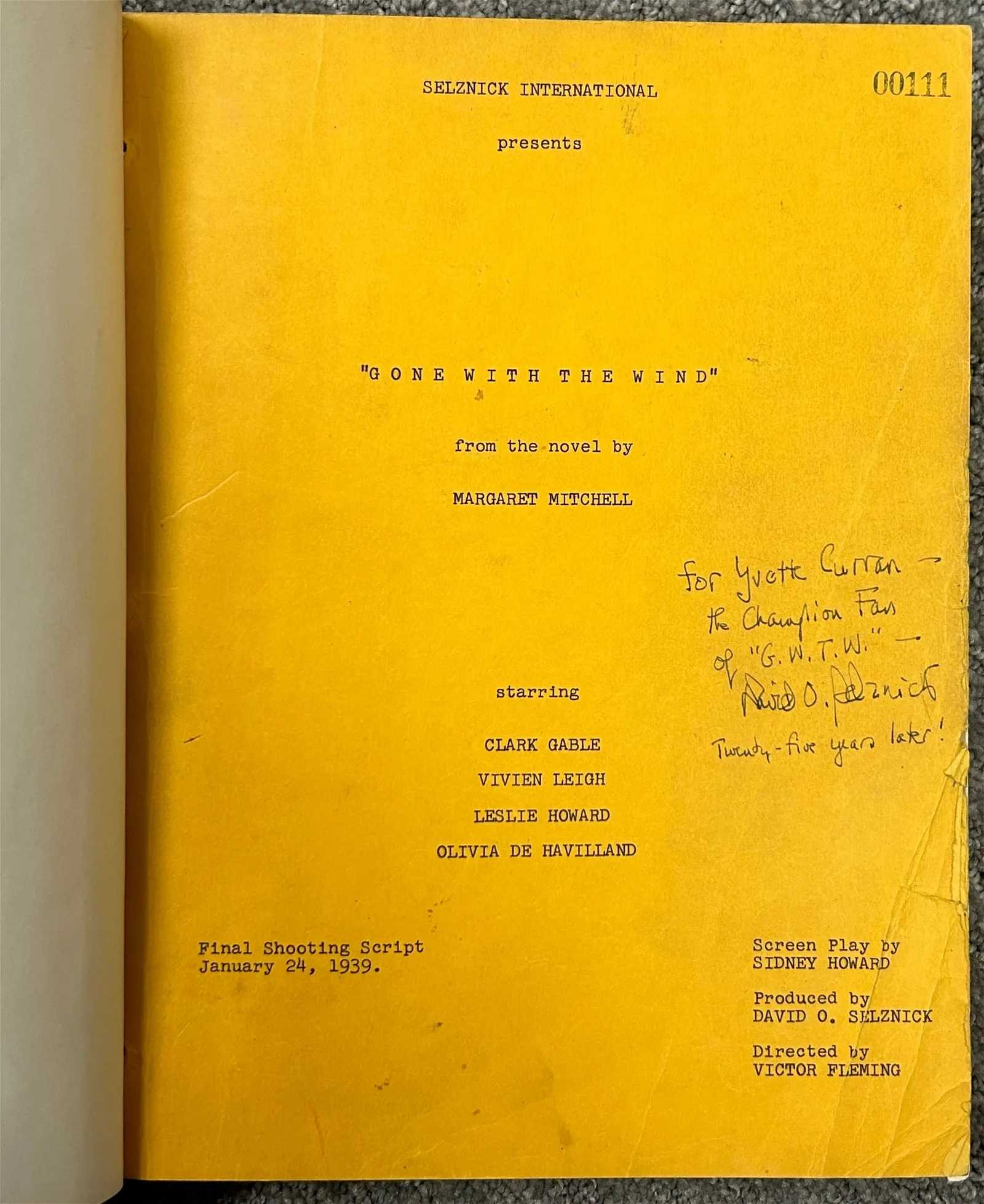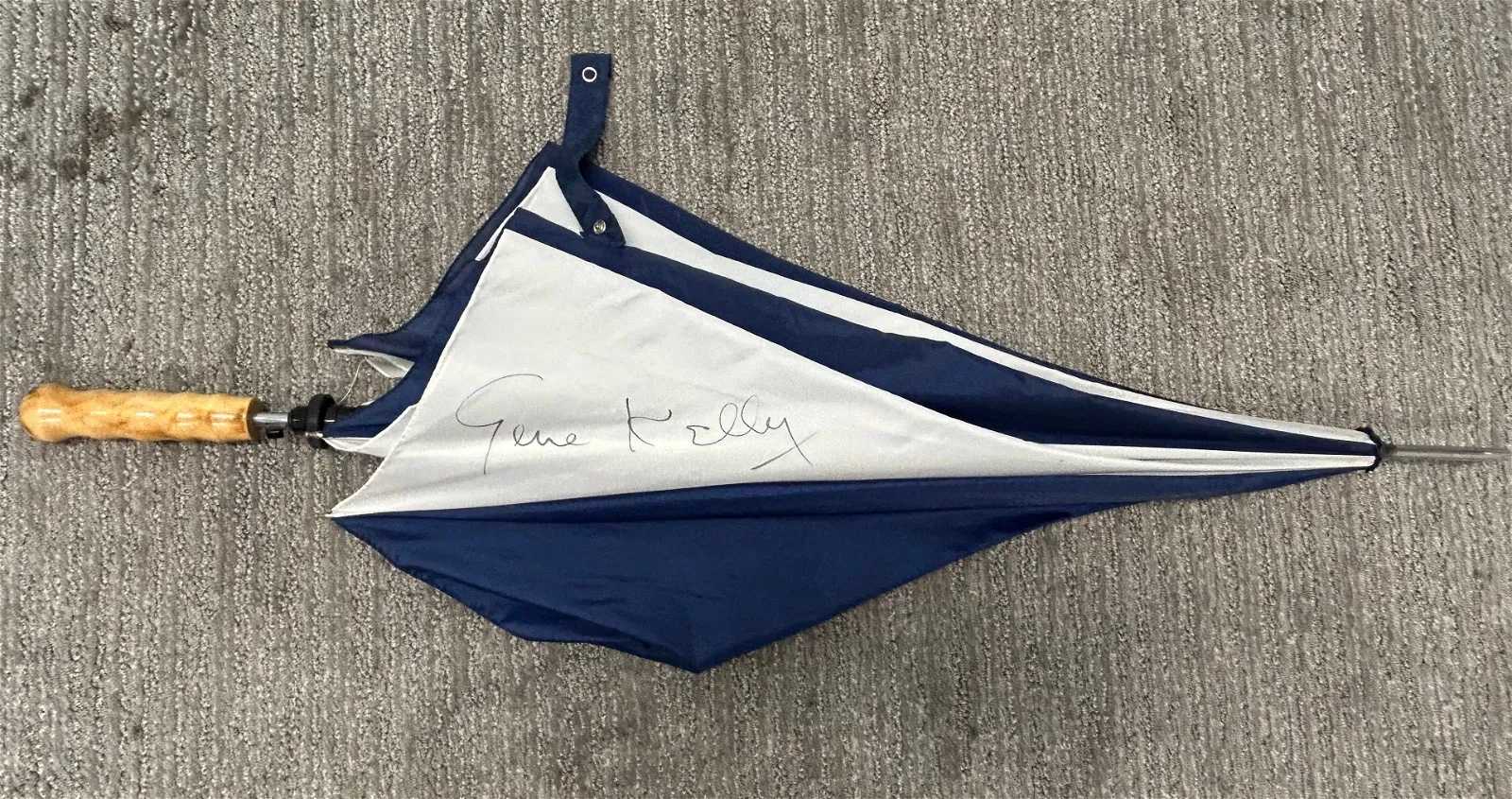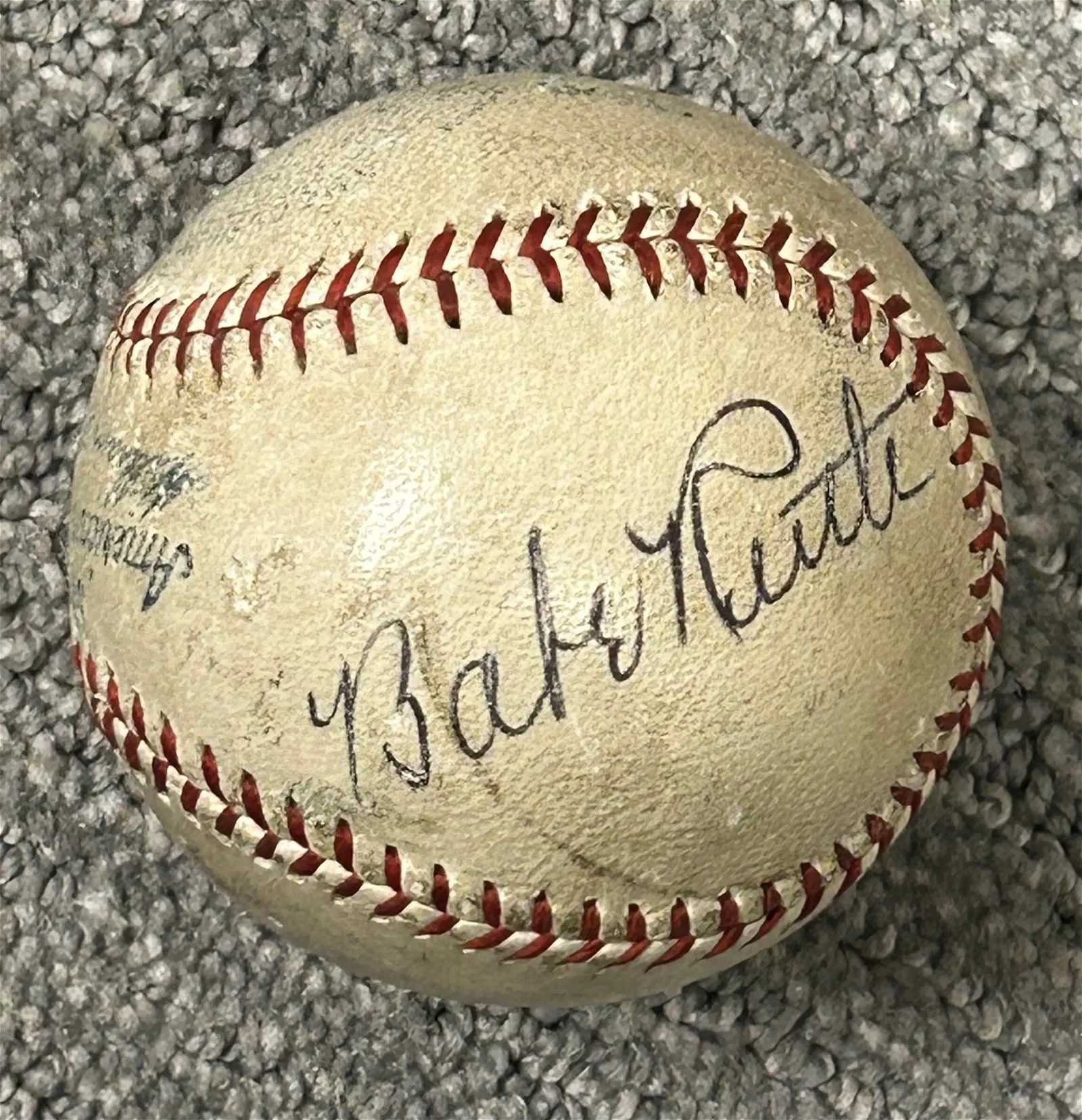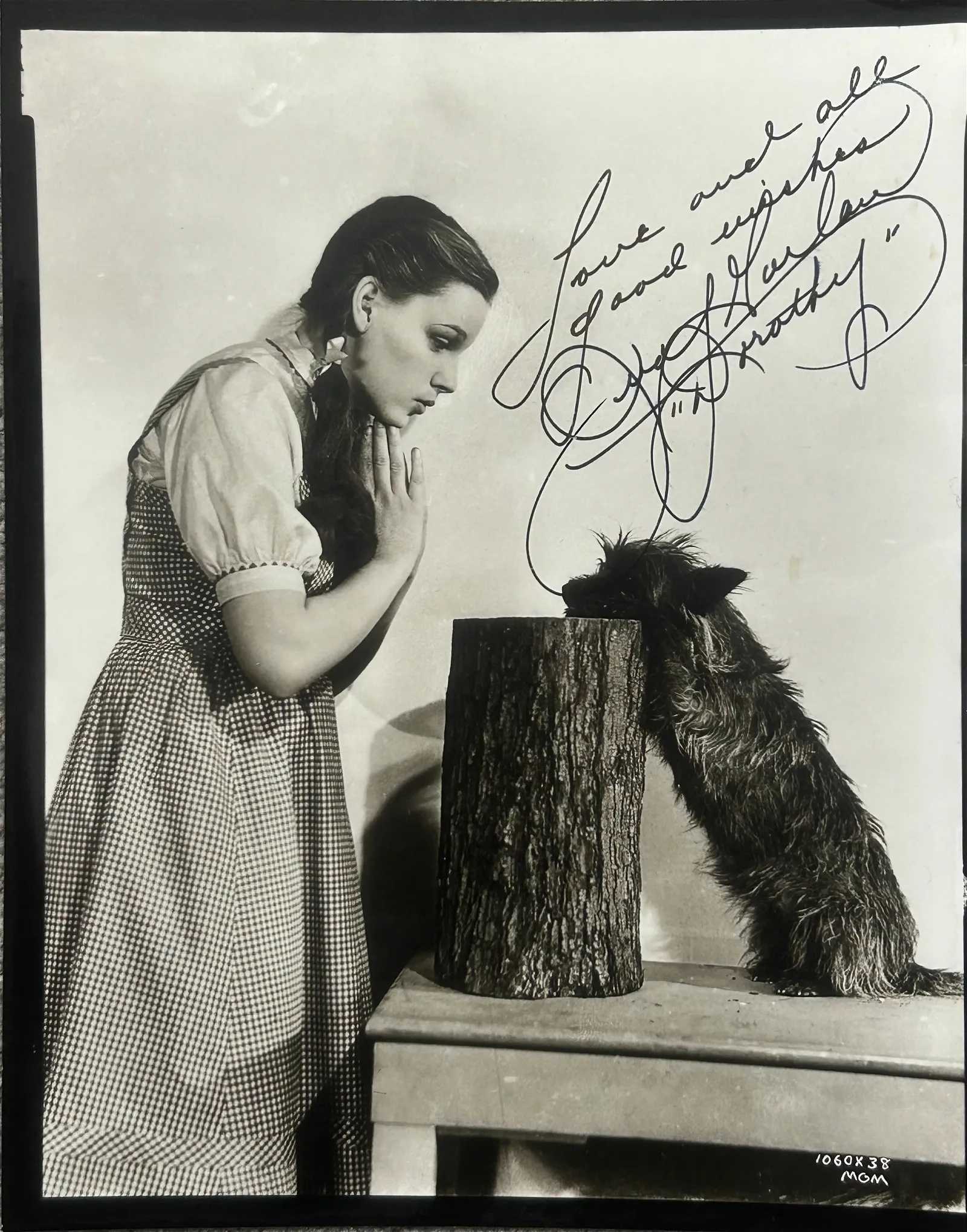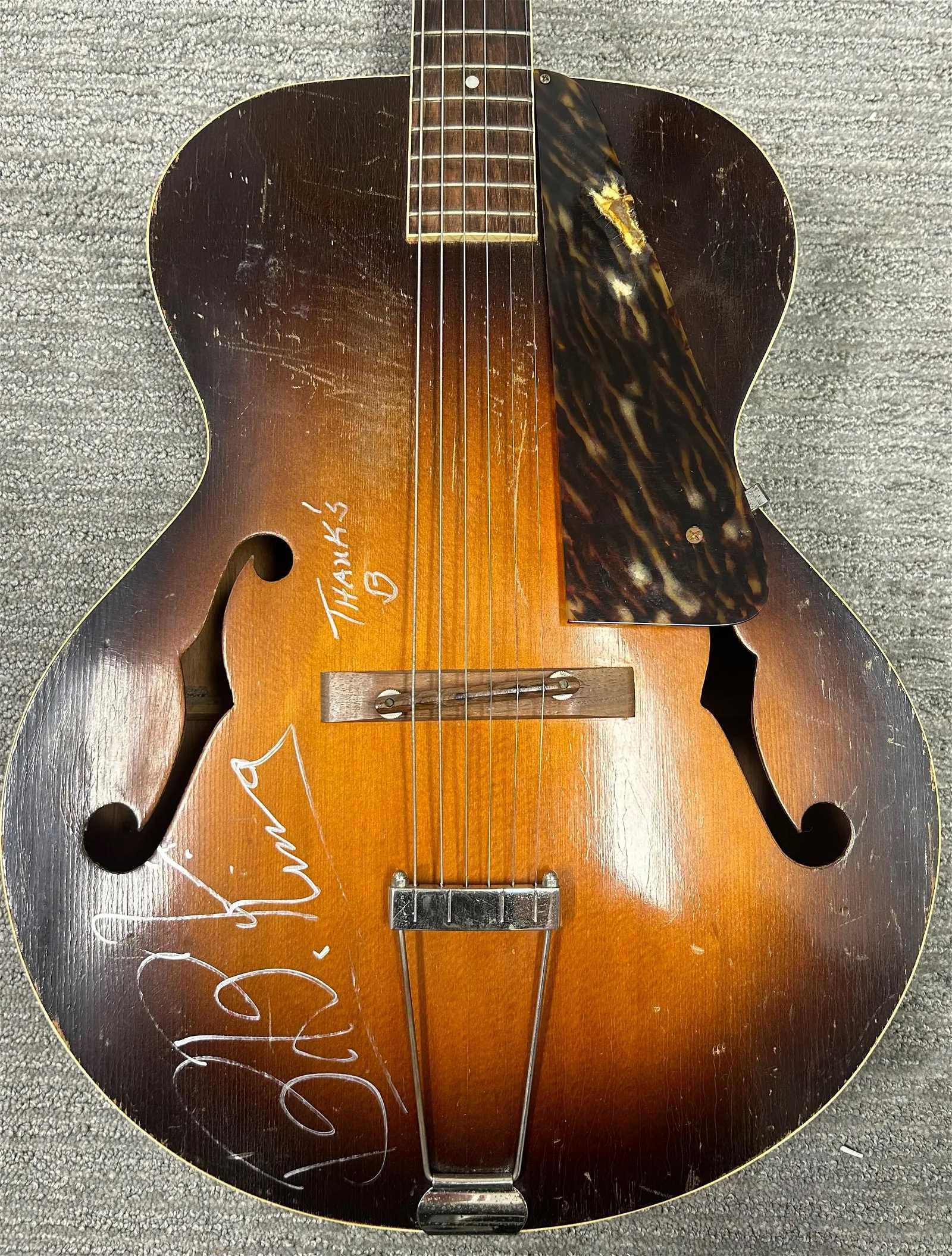DALLAS — In 2007 on the north side of Chicago, a self-storage facility held its monthly auction for unpaid units. Three antique show pickers were there, as usual — John Maloof, Ron Slattery, and Randy Prow. When one storage unit was opened, it was packed with vintage photographs, negatives, and other related items. The three bought a large portion of the unit’s contents, unaware of what they had purchased, and went home.
Ron Slattery was a longtime vintage photography collector, having run one of the earliest ‘found photography’ blogs on the internet, Big Happy Funhouse (sadly now offline). He began to scan and post some of the images he had acquired, and interest began to build. ‘Who shot this?’ was the constant refrain, so Slattery began to dig. And what he and others discovered would become one of the great stories of the 20th century.
The photographer was Vivian Maier (1921-2009). Born in New York City to a French mother and an Austrian father, she went back and forth between France and the US throughout her childhood. In 1951 she moved to the US permanently, and most of her adult life was spent as a nanny to affluent families in Chicago. She is recalled by the children in her charge as ‘a Socialist, a Feminist, a movie critic, and a tell-it-like-it-is type of person … She was constantly taking pictures, which she didn’t show anyone.’ In her later years, Maier became destitute and was supported by the now-adult children of the Gensburg family, for whom she worked from 1956 to 1972. In 2007 she fell on ice and suffered major injuries, and would ultimately pass away in 2009, a ward of the state of Illinois.
Since Maier’s posthumous rise to international prominence as one of America’s top street photographers, legal battles have raged over the intellectual property rights to her images. To some extent this has been cleared, with Maier’s distant cousins in France granting rights to the image holders. This paves the way for the original discoverers to bring the amazing work of Vivian Maier to market. Slattery chose Heritage Auctions for his sale Thursday, May 2, which includes 131 lots from his vast holdings.
Slattery has hand-selected many key items from his collection, many images never before seen by the public, making this an opportunity to not only marvel at Maier’s keen eye for humanity in everything she shot, but acquire them as well. The sale also includes 20 large-format exhibition prints created by Maier in the late 1950s, most of which haven’t been made public since the initial storage locker sale. (Though Maier left behind a sizable number of negatives and small proofs, no more than 300 of her large-format prints — ones that she printed or commissioned for print — are thought to exist.)
And the fact that she chose these images herself is key, according to Pamela Bannos, author of Vivian Maier: A Photographer’s Life and Afterlife. “These were the photographs that were chosen by her, not for her,” says Bannos. “In the case of the enlarged prints, they show her choices and give us a slightly different idea of what she was interested in capturing, perhaps only for herself. This matters because until now collectors have come to know Maier’s works through the editors of her posthumous prints and publications.”
The complete catalog can now be viewed and bid on at LiveAuctioneers. Take a moment to see just how truly talented Vivian Maier was, and how lucky the modern world is to finally have the opportunity to enjoy her work, nearly two decades after her passing.
